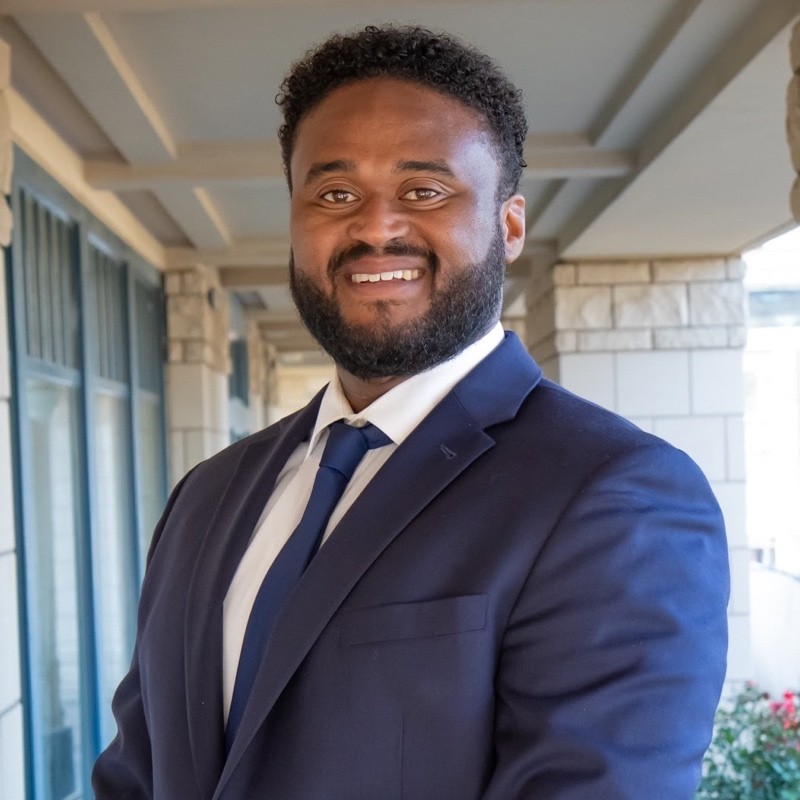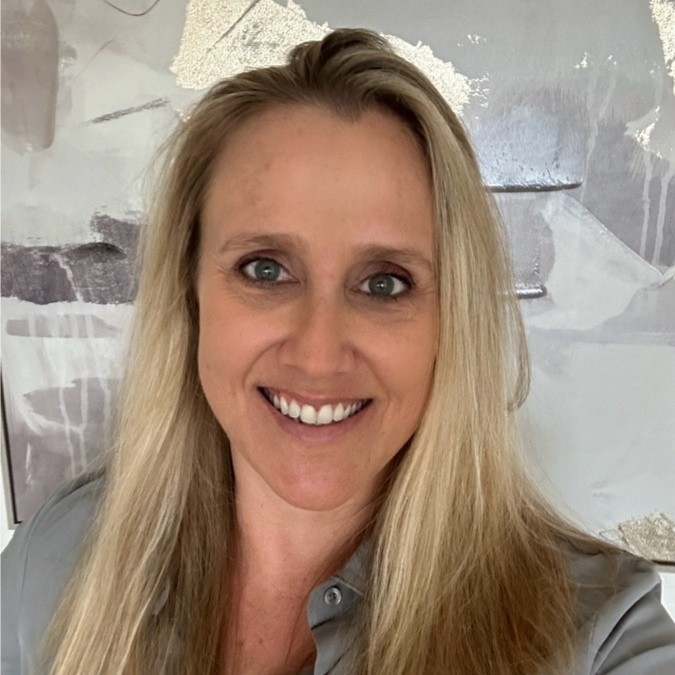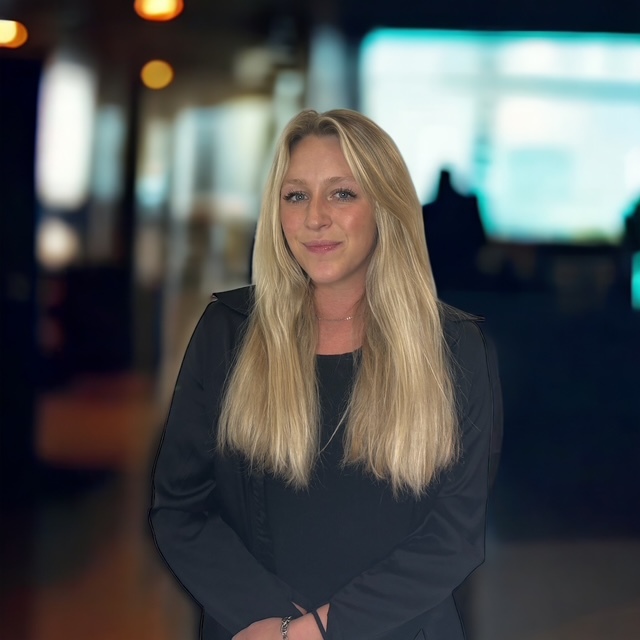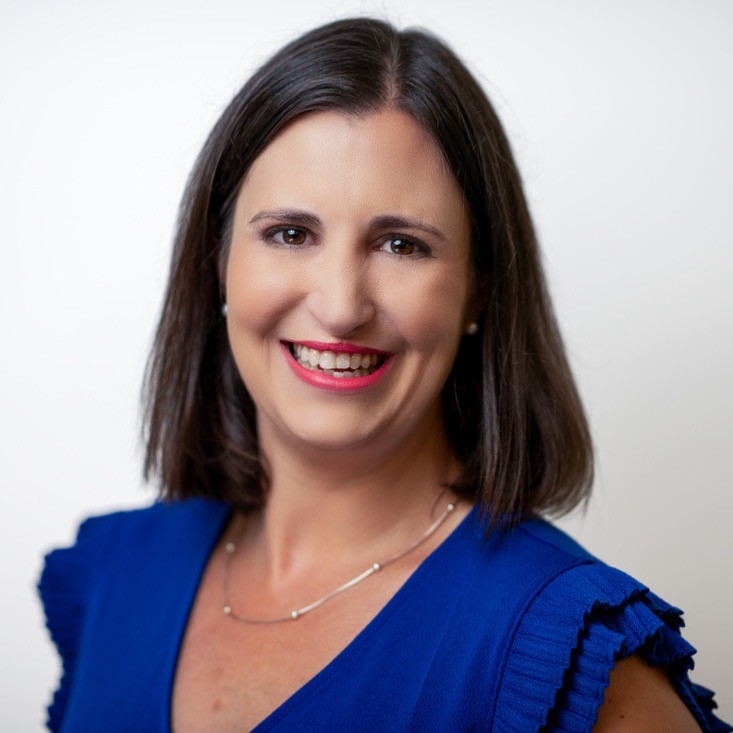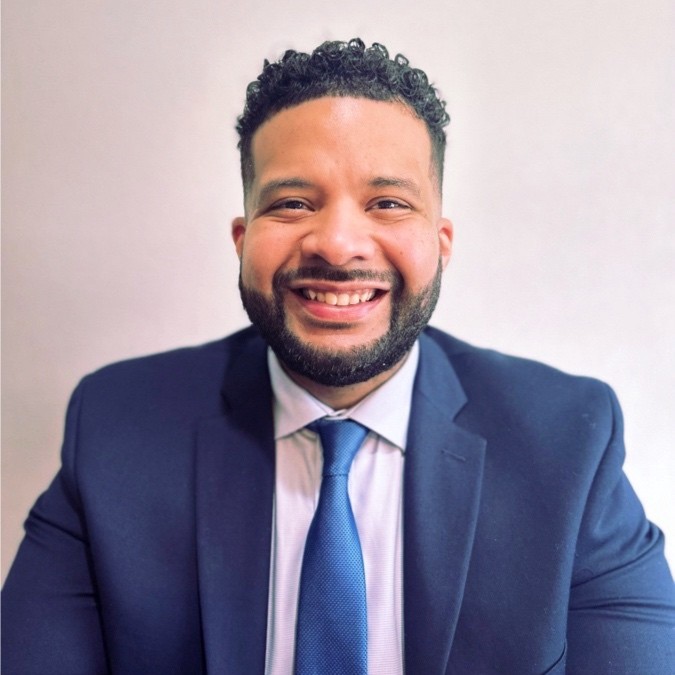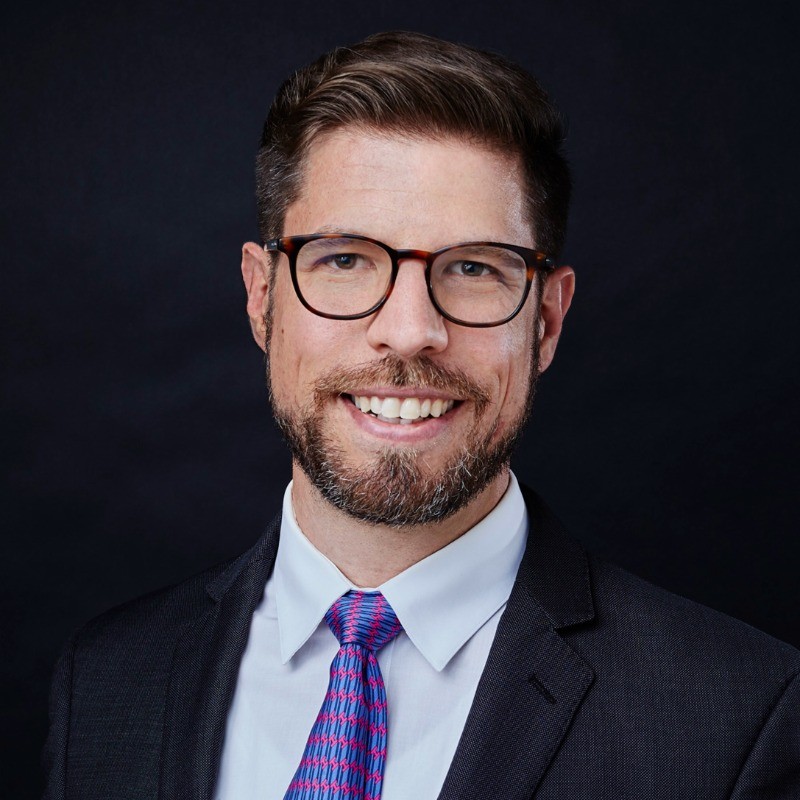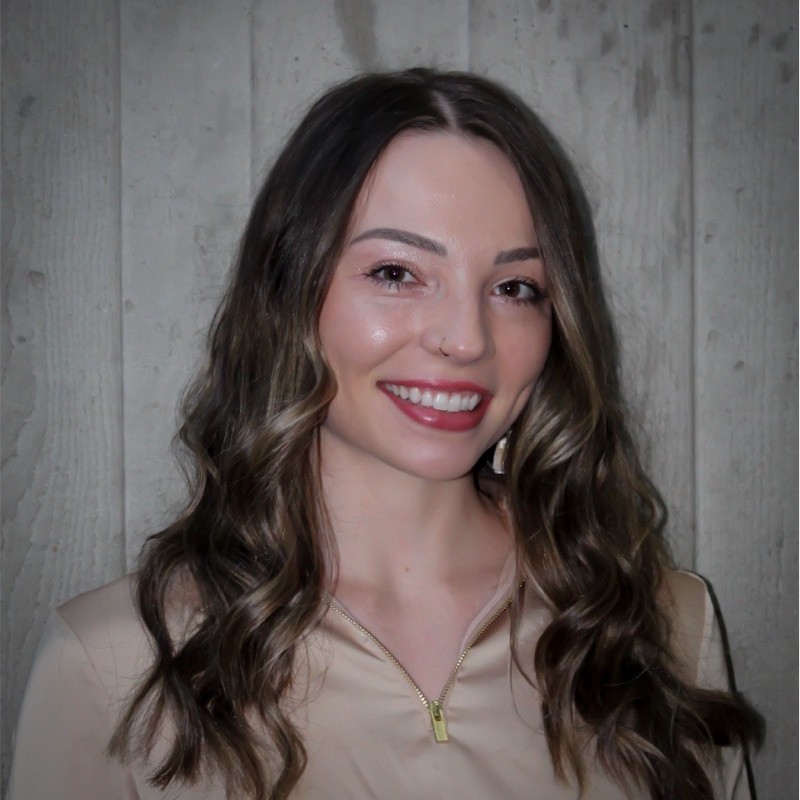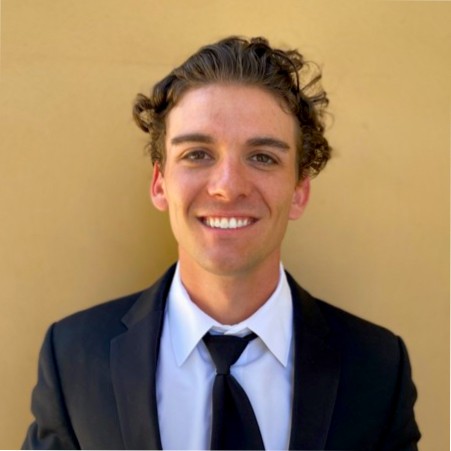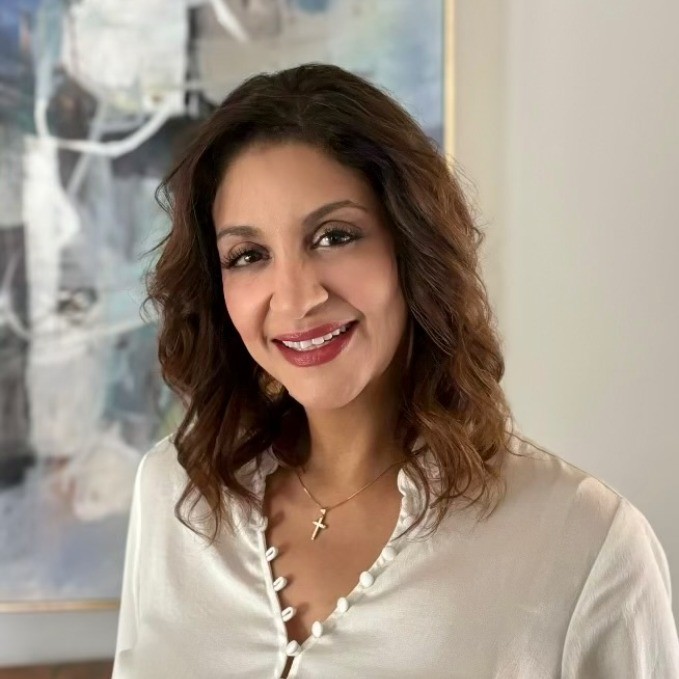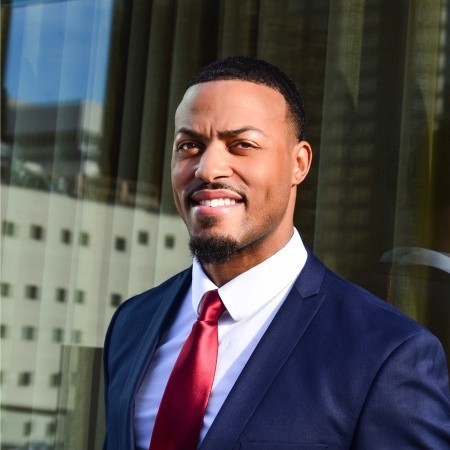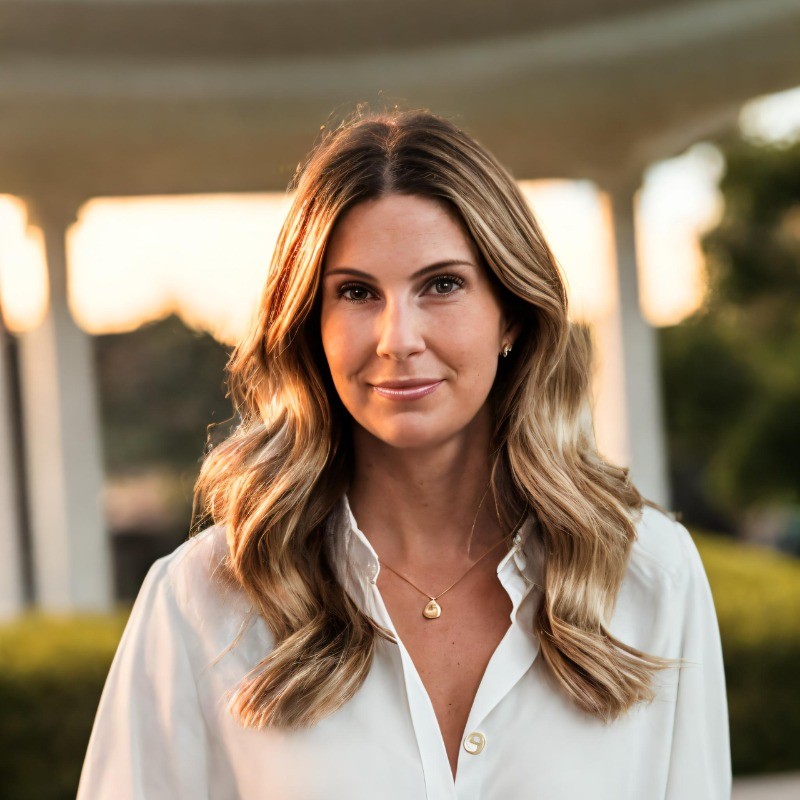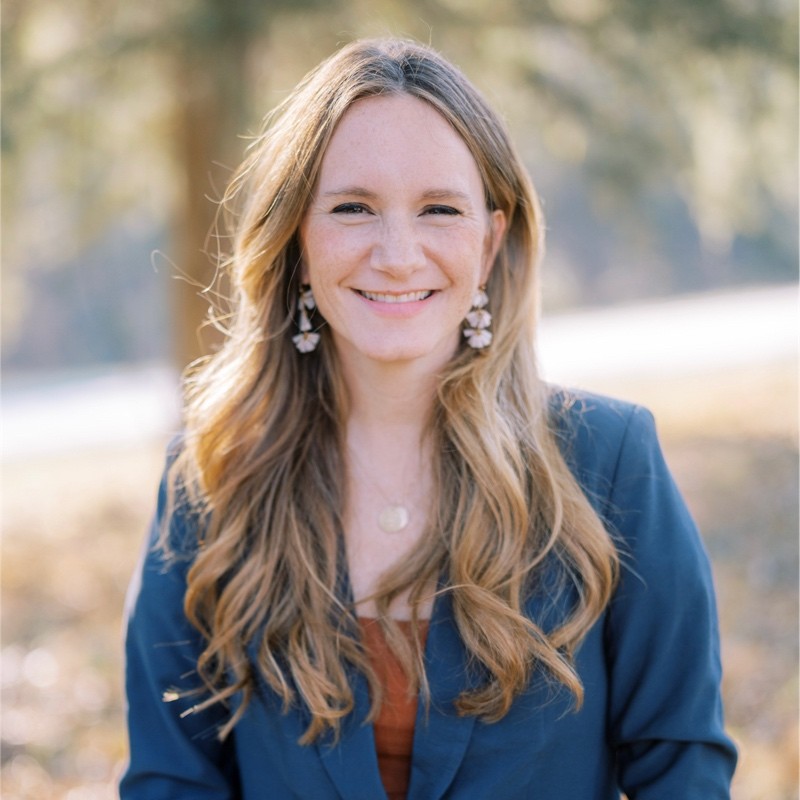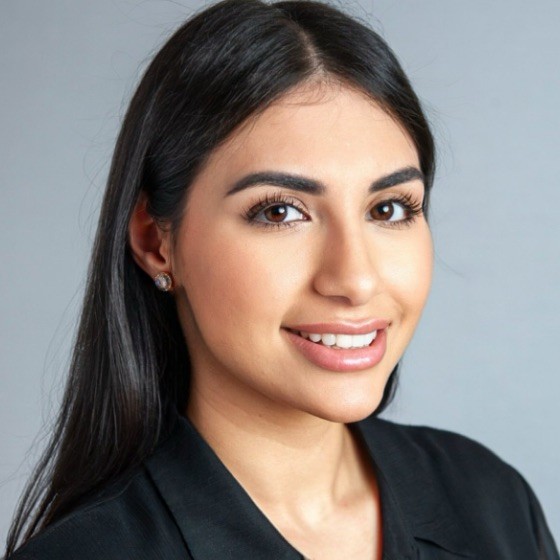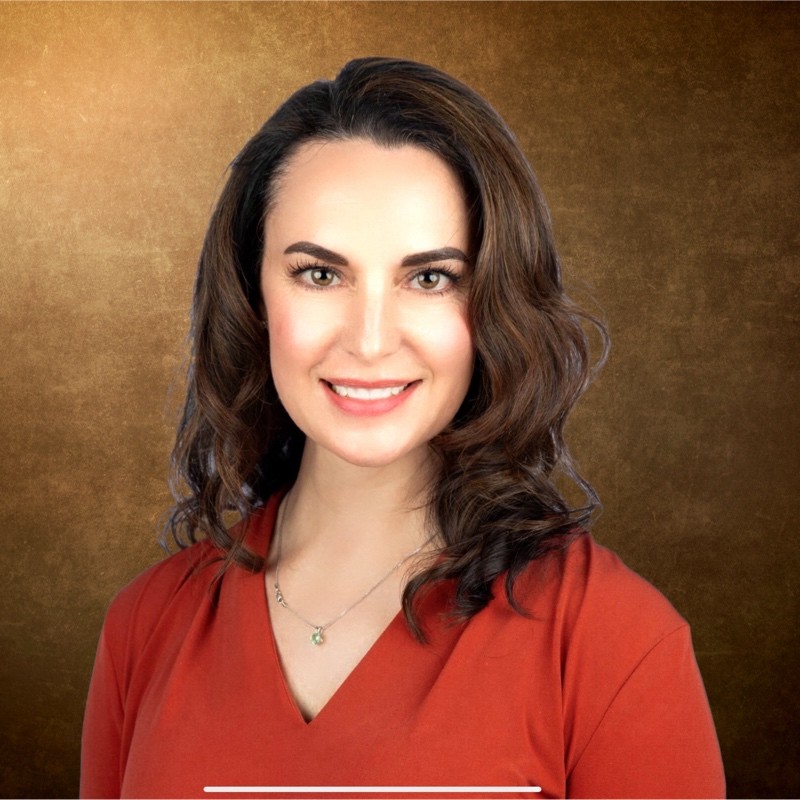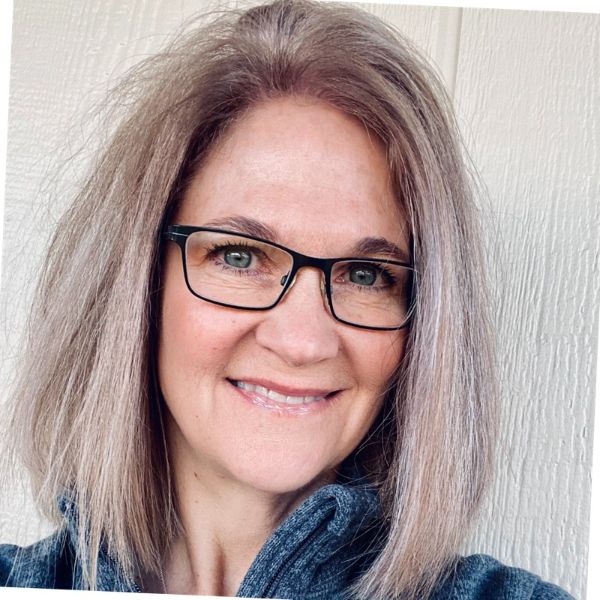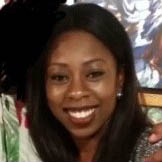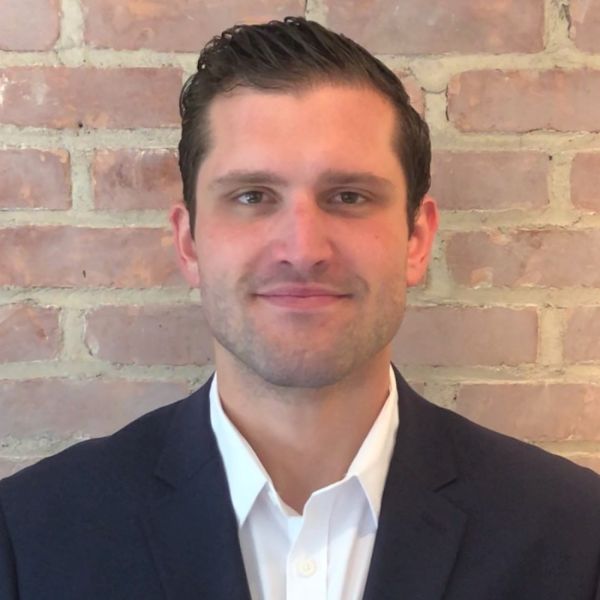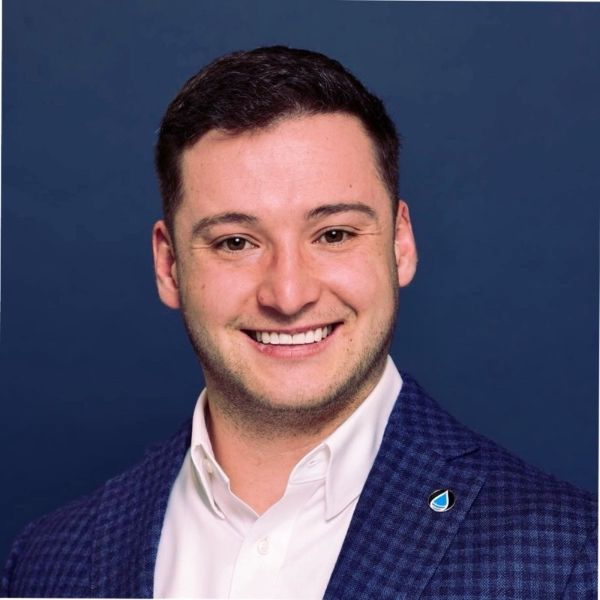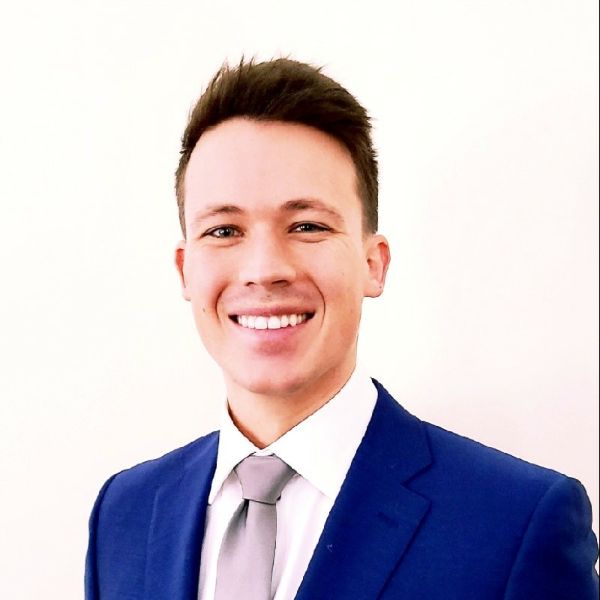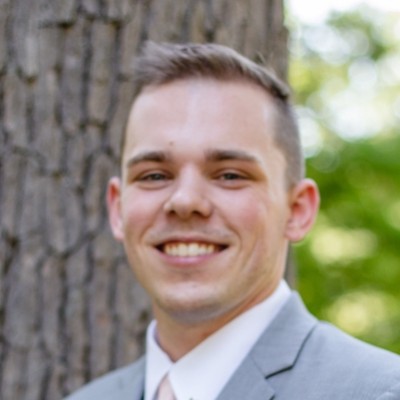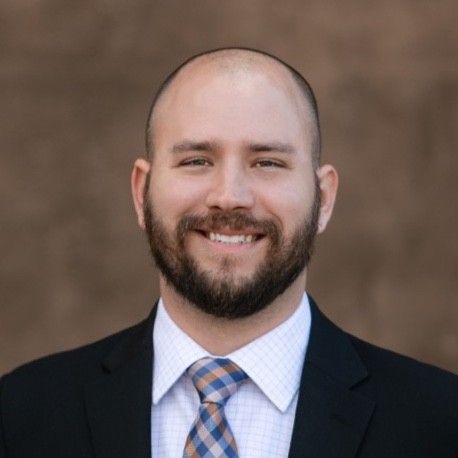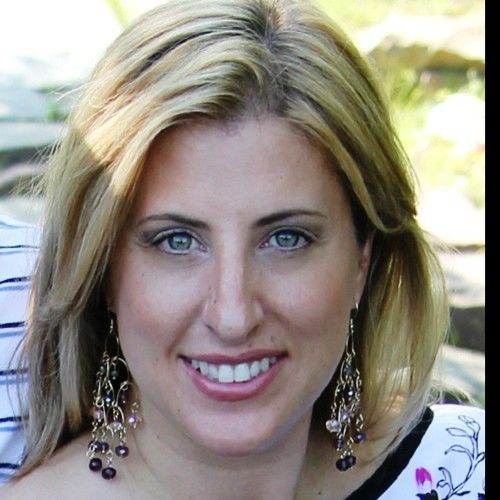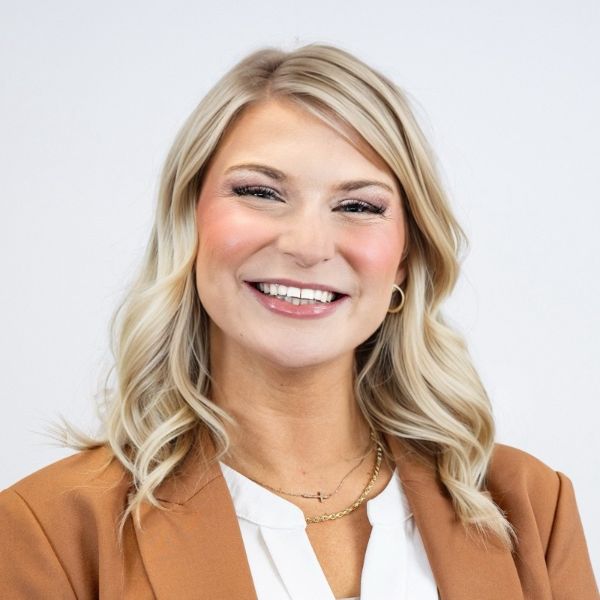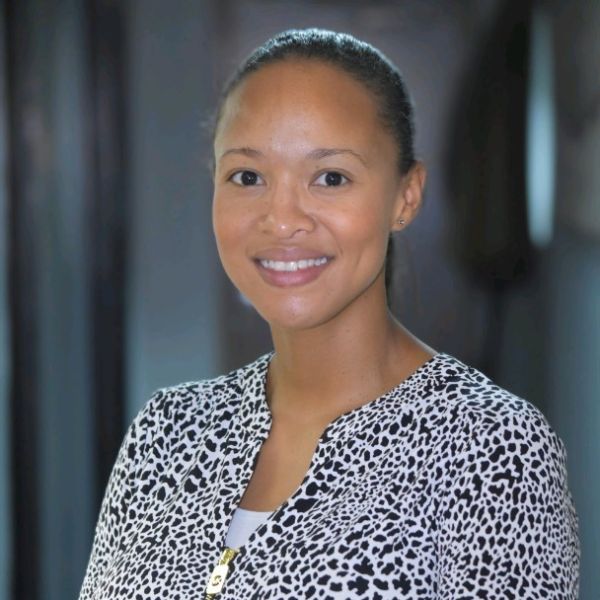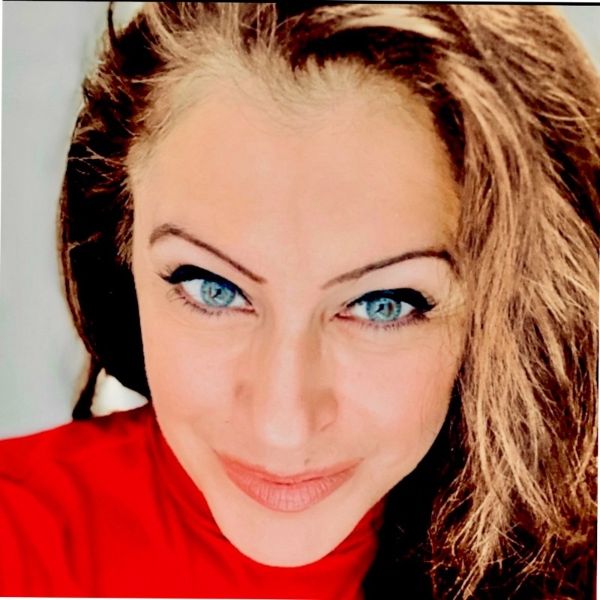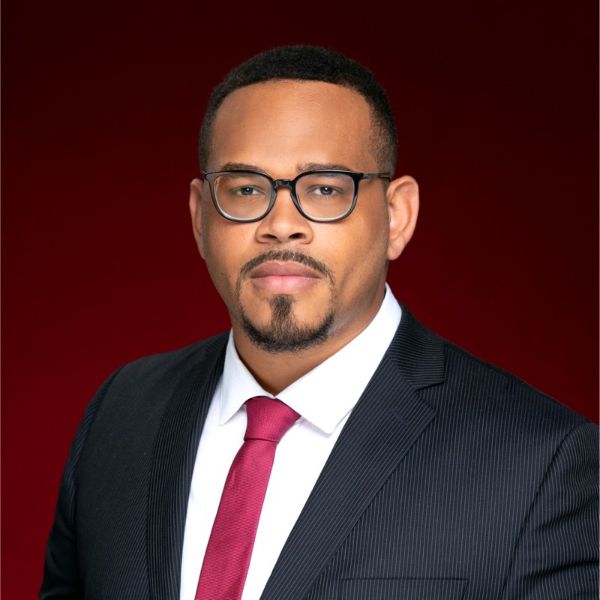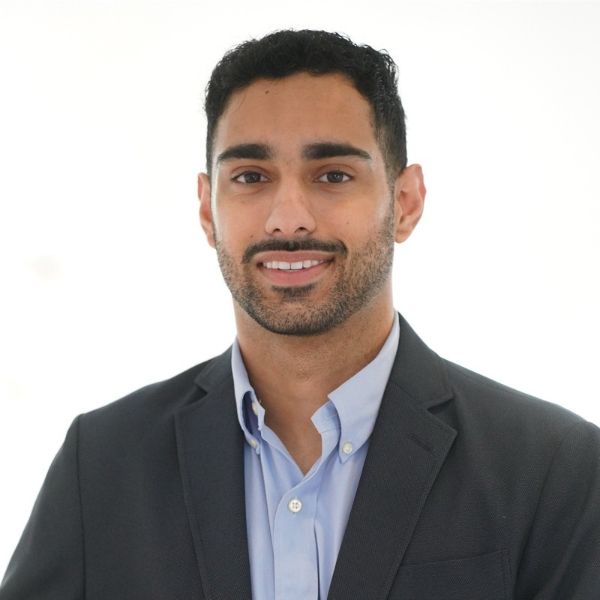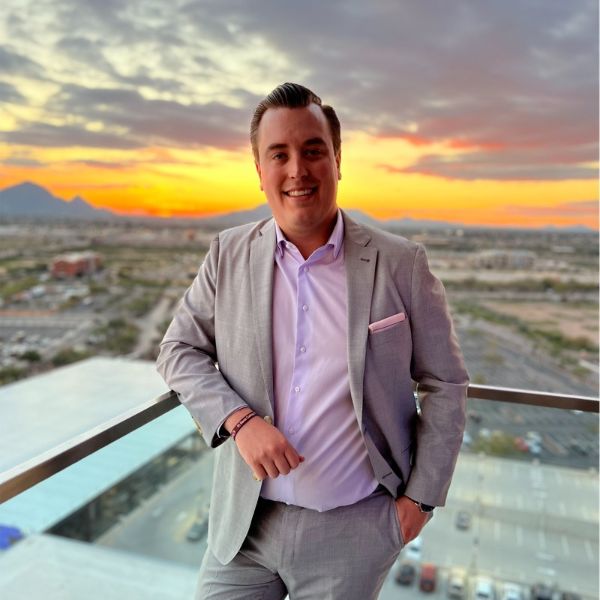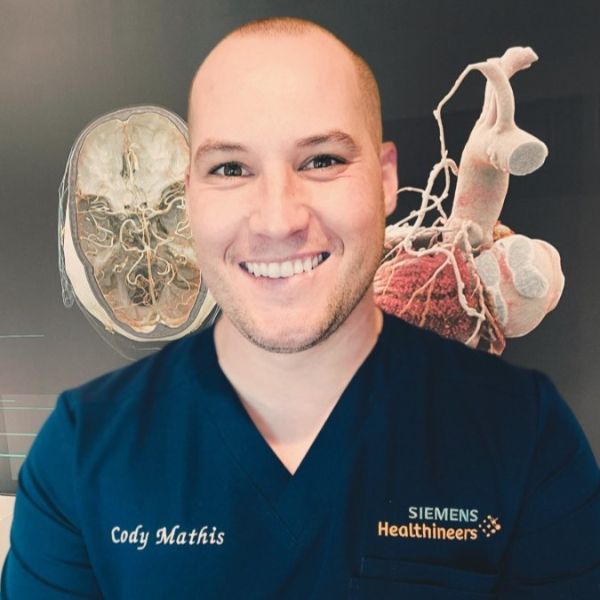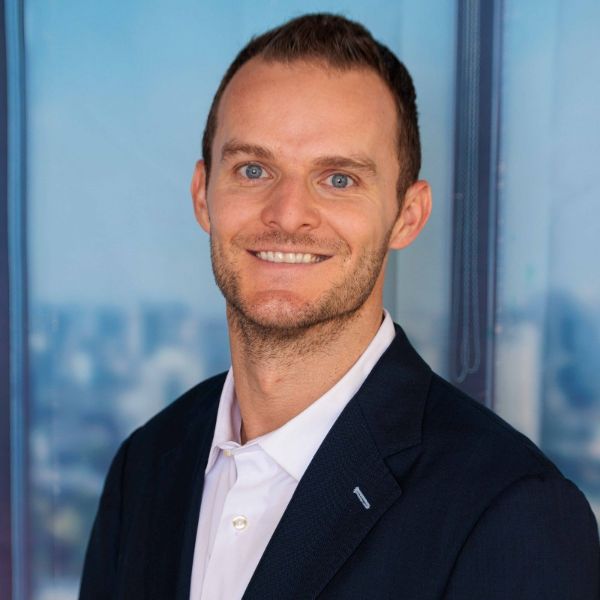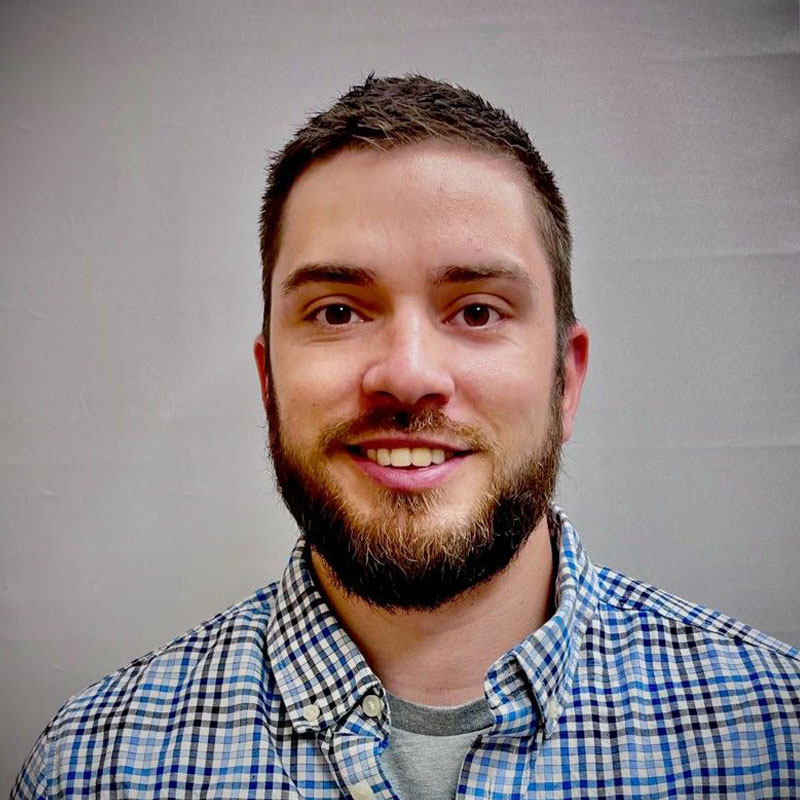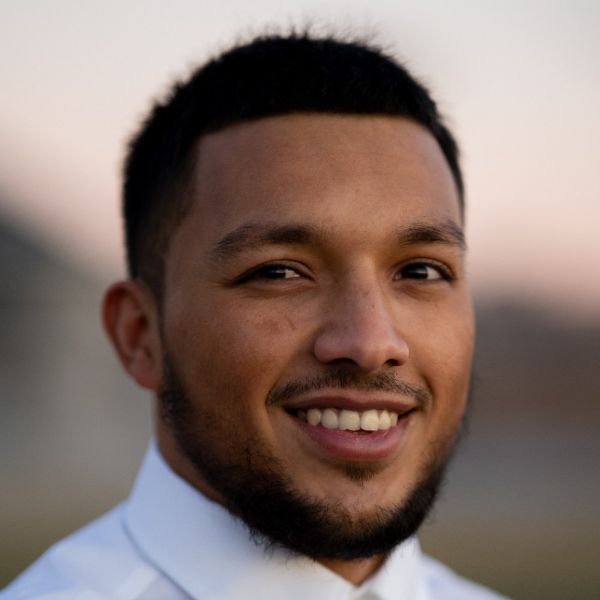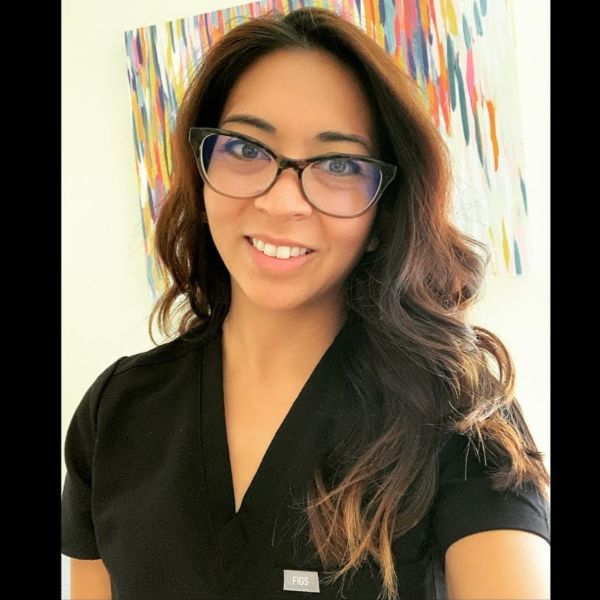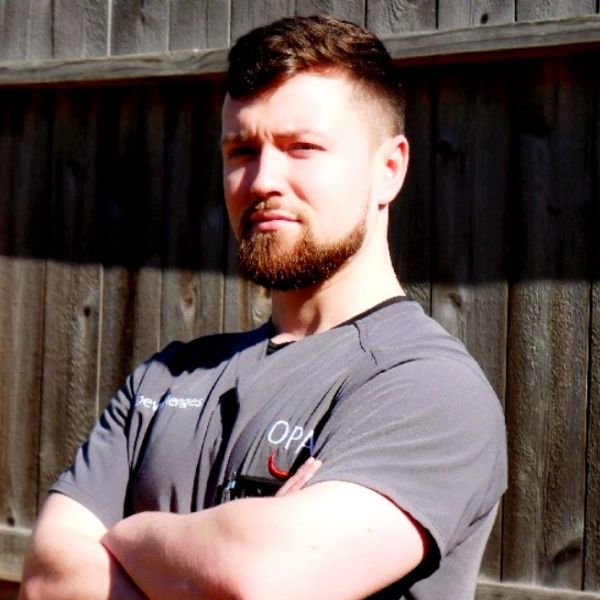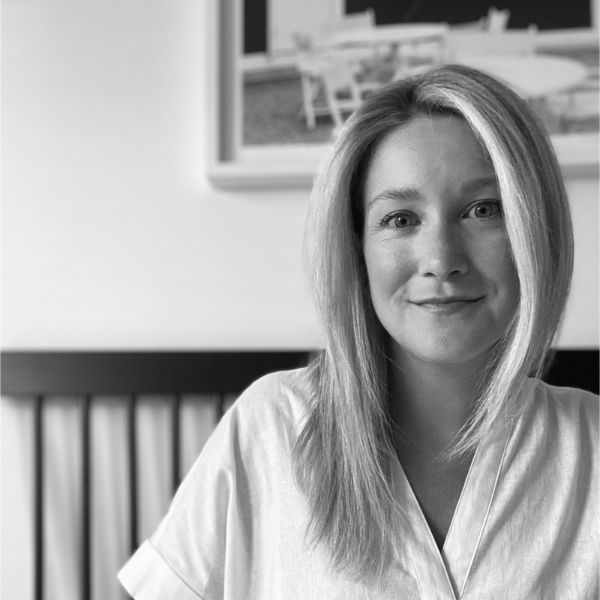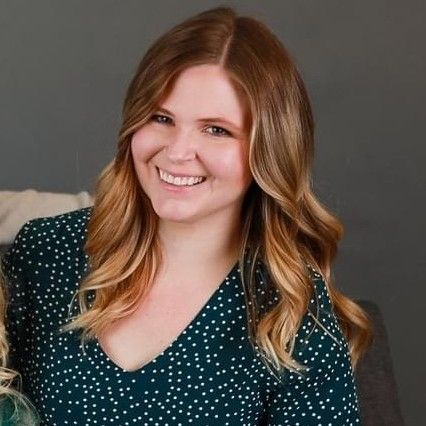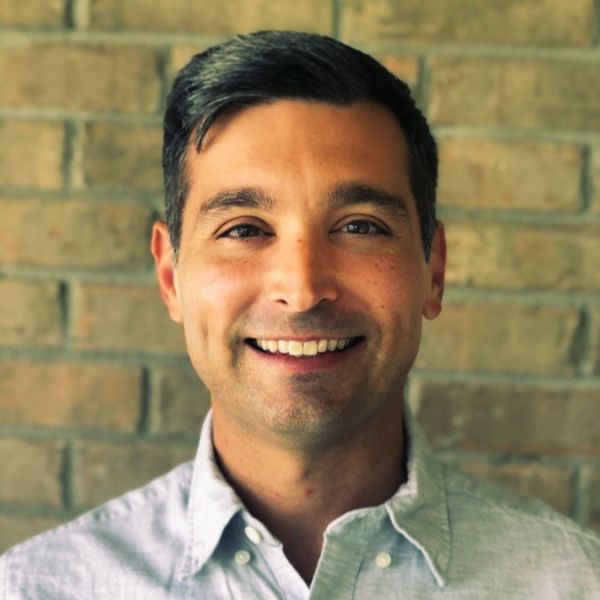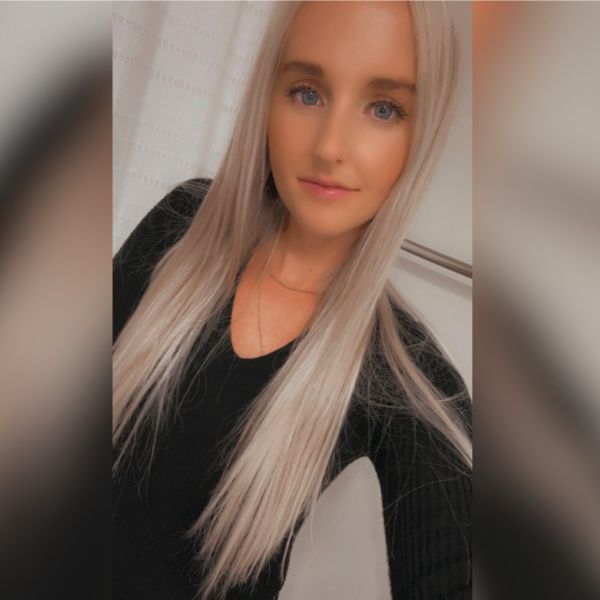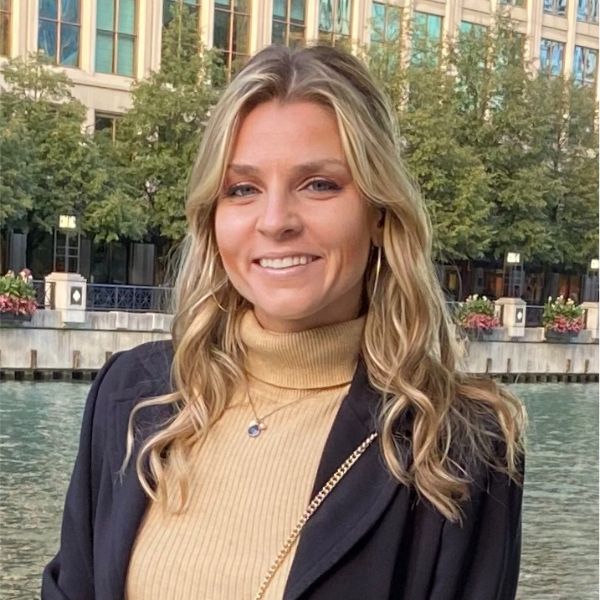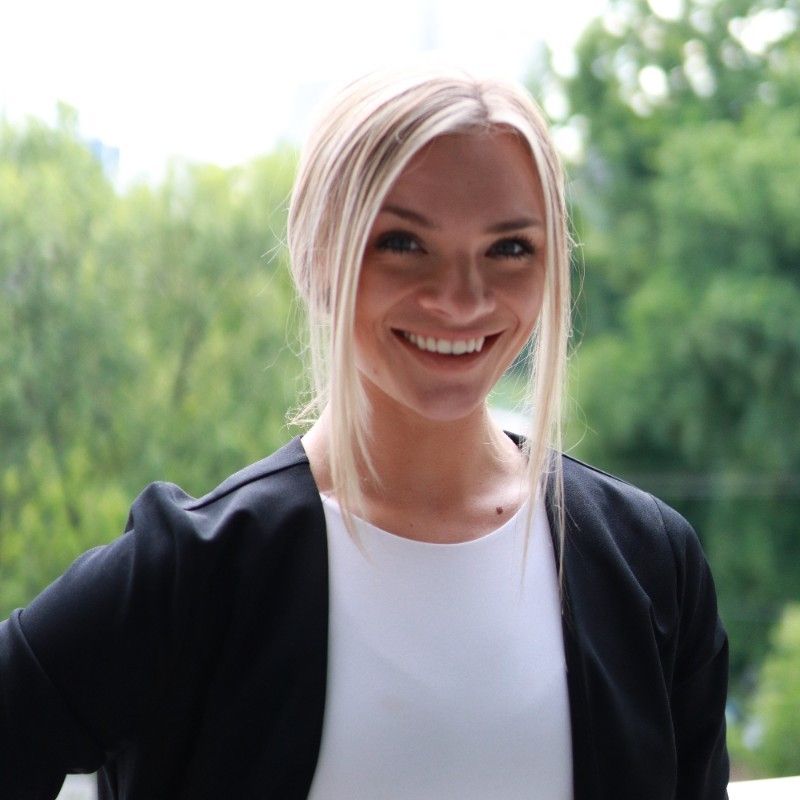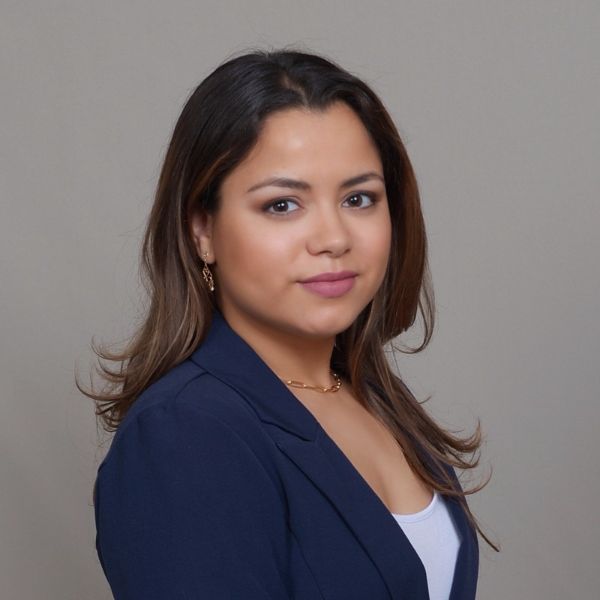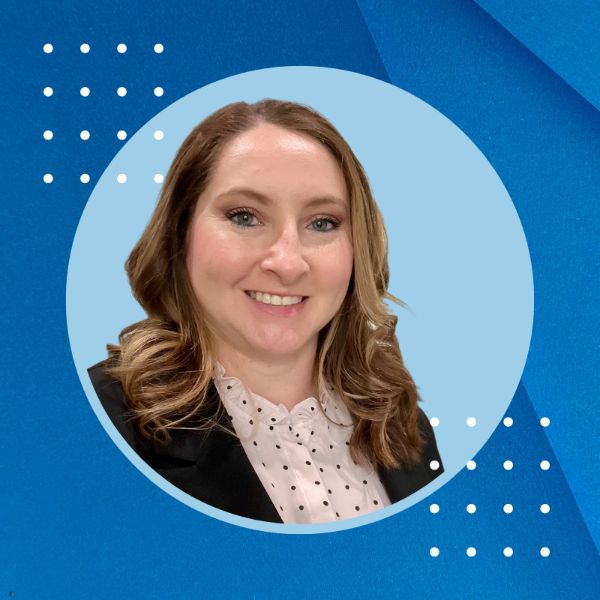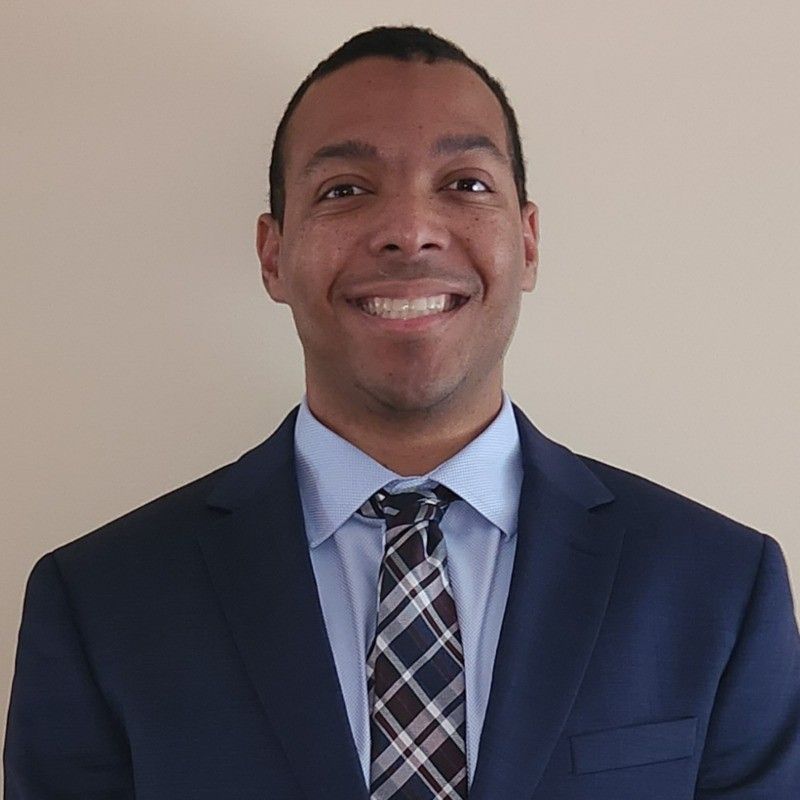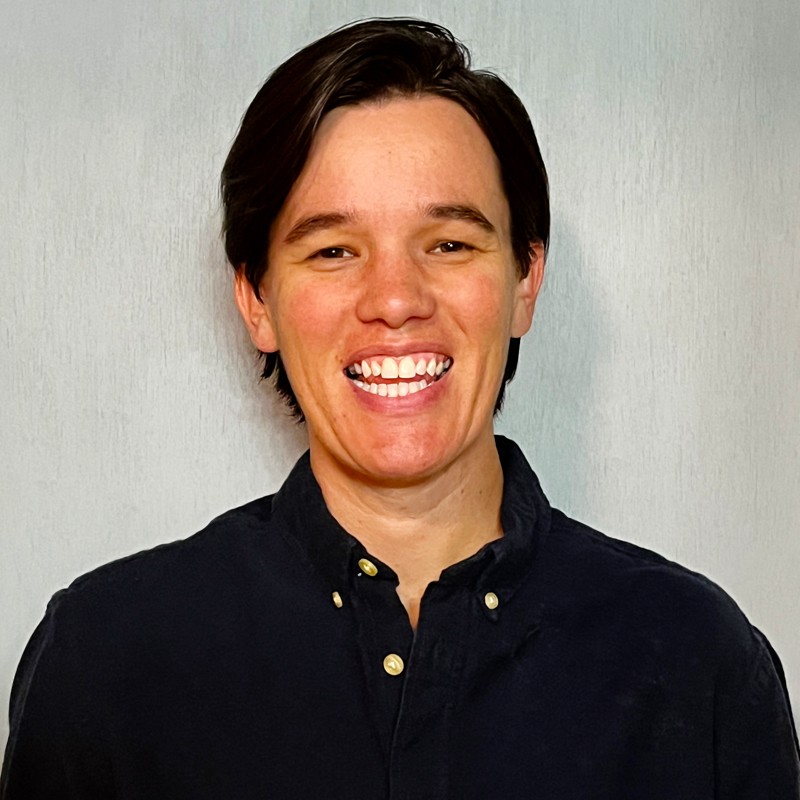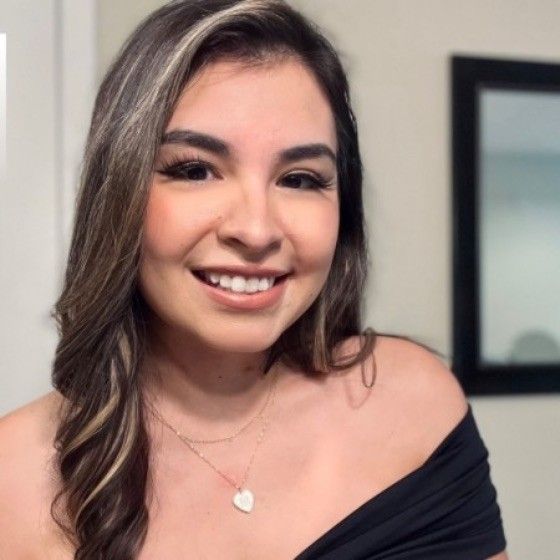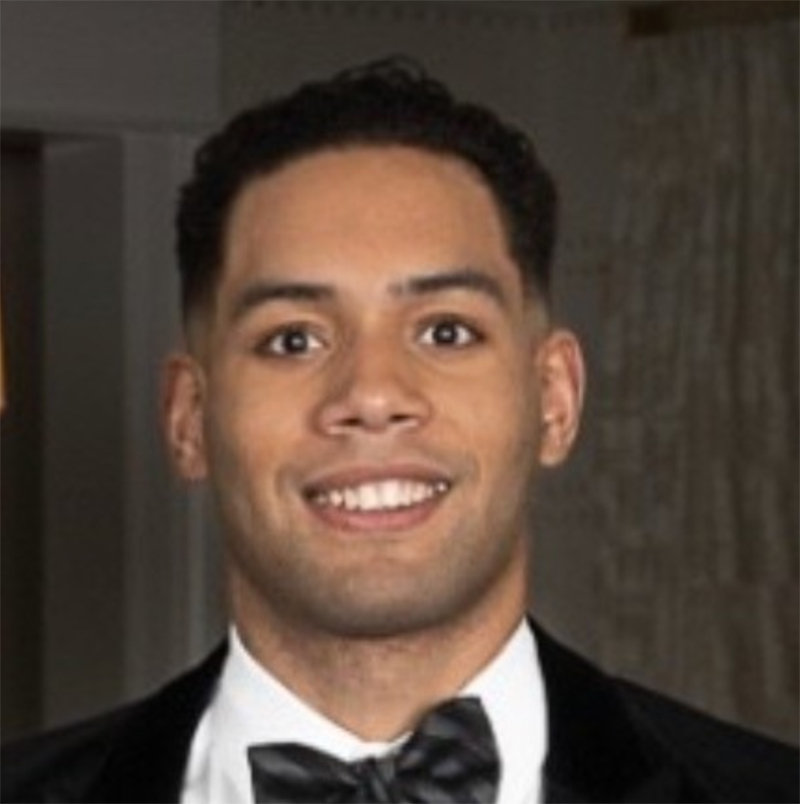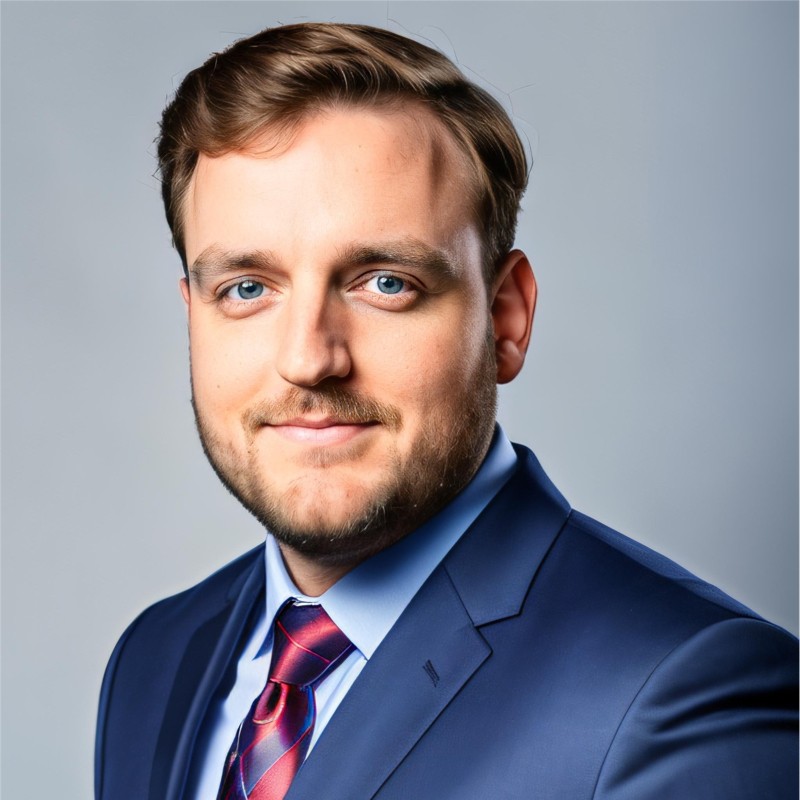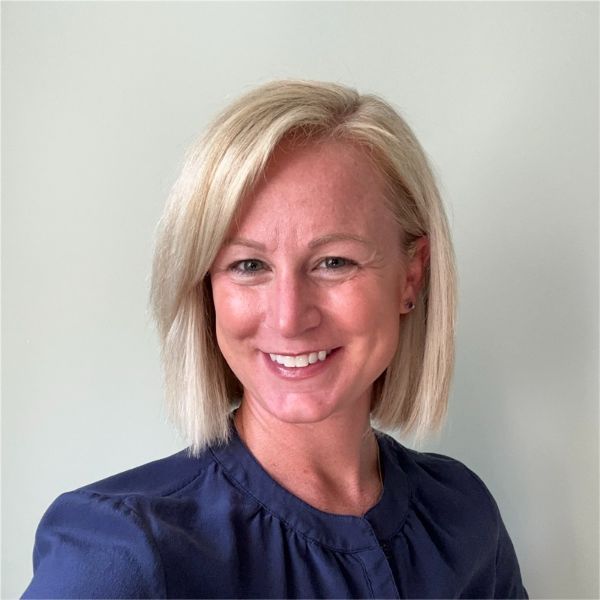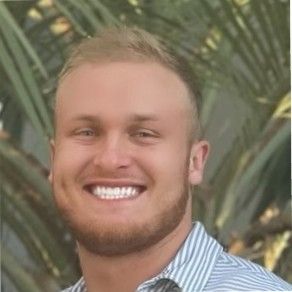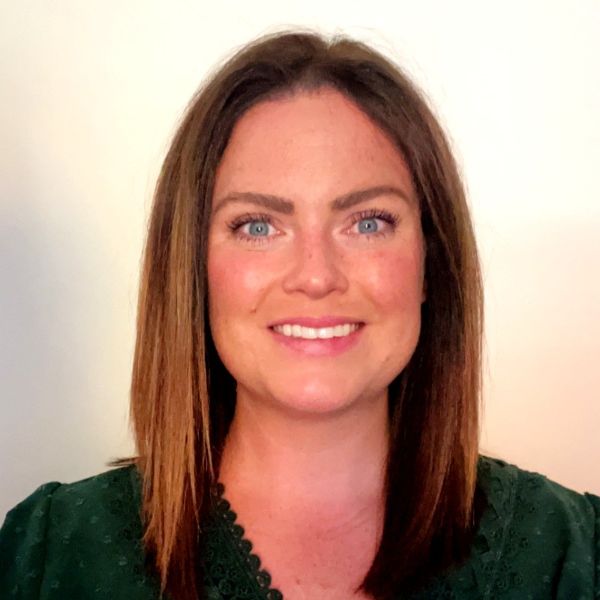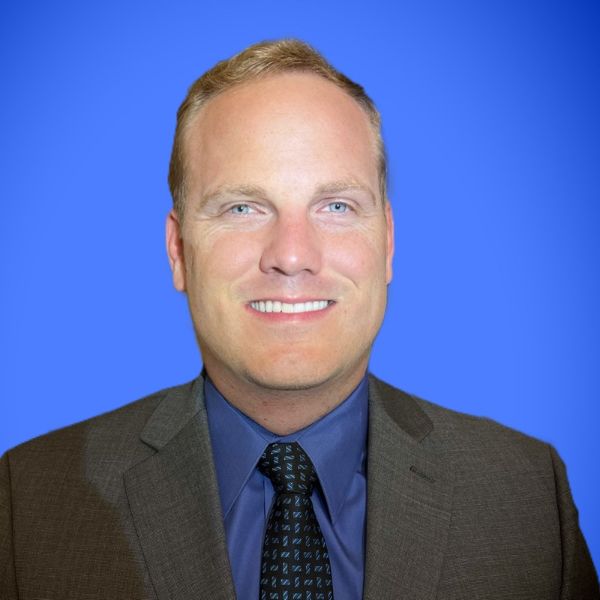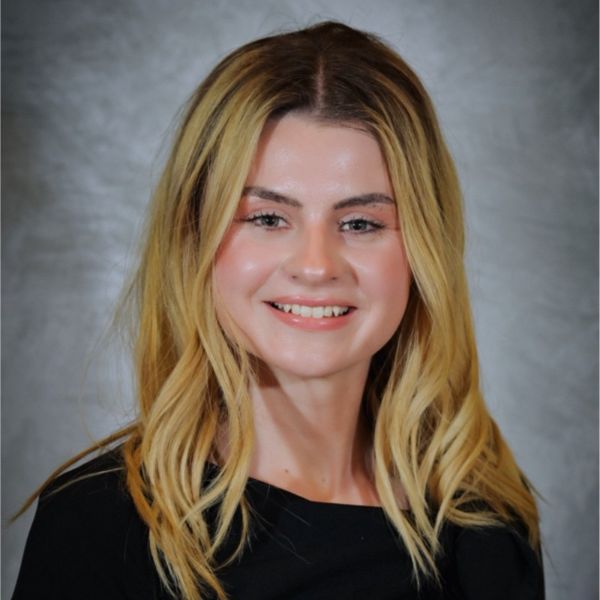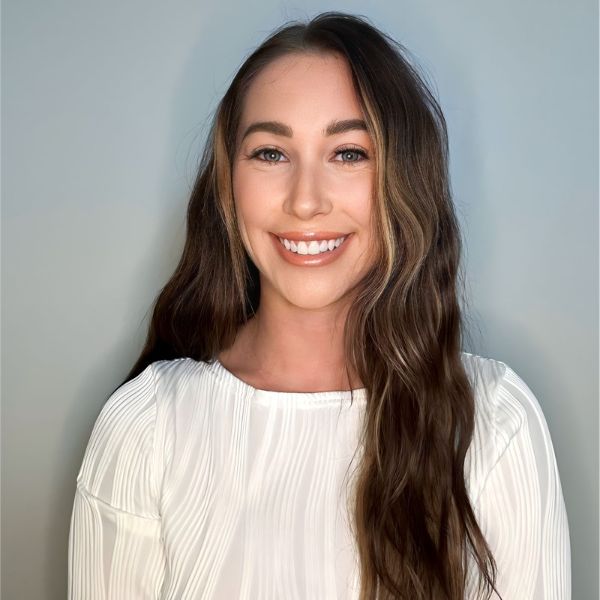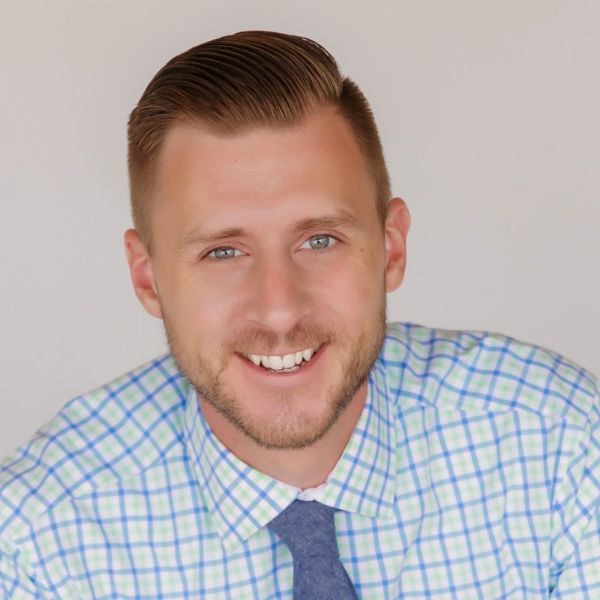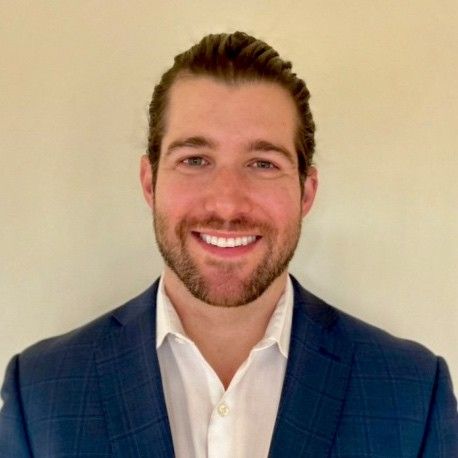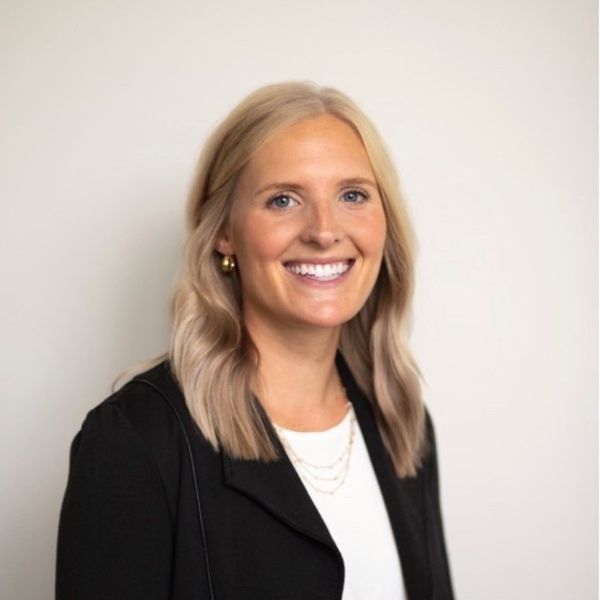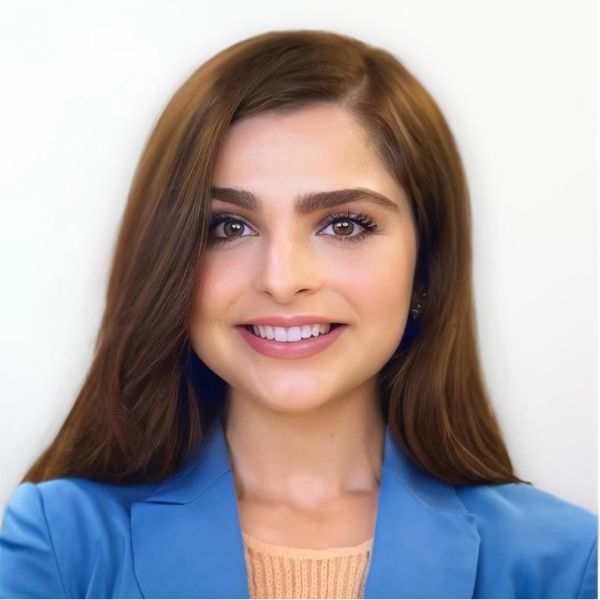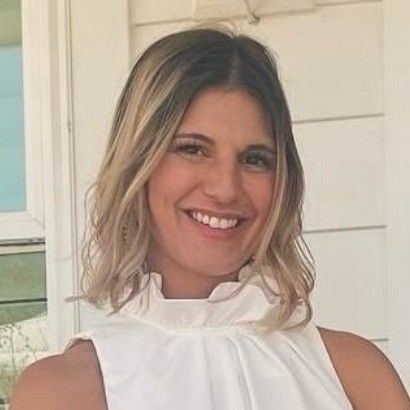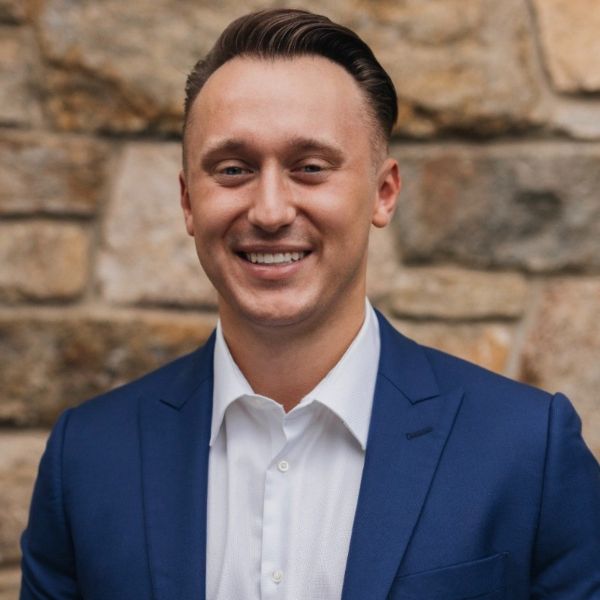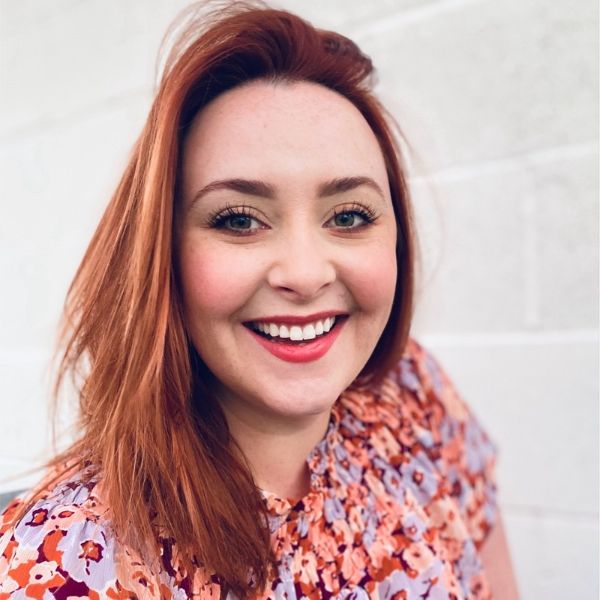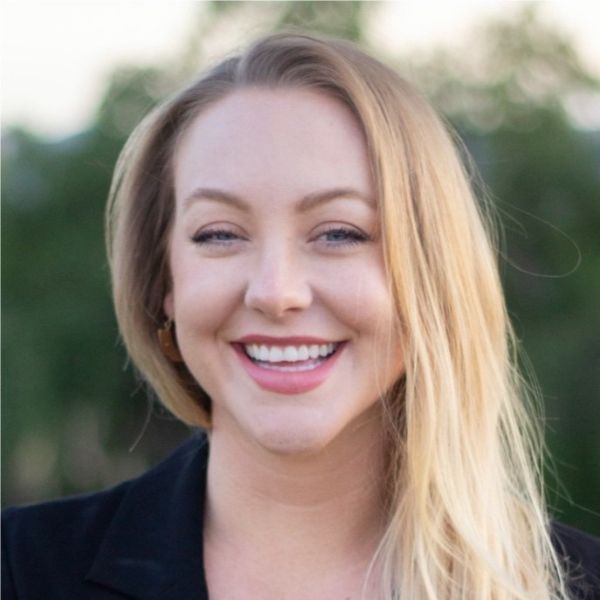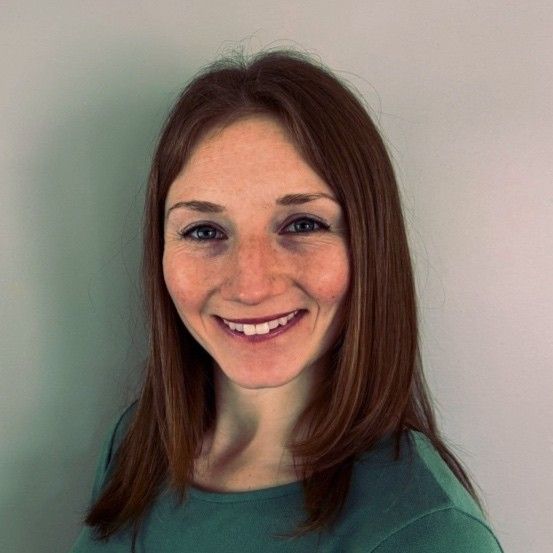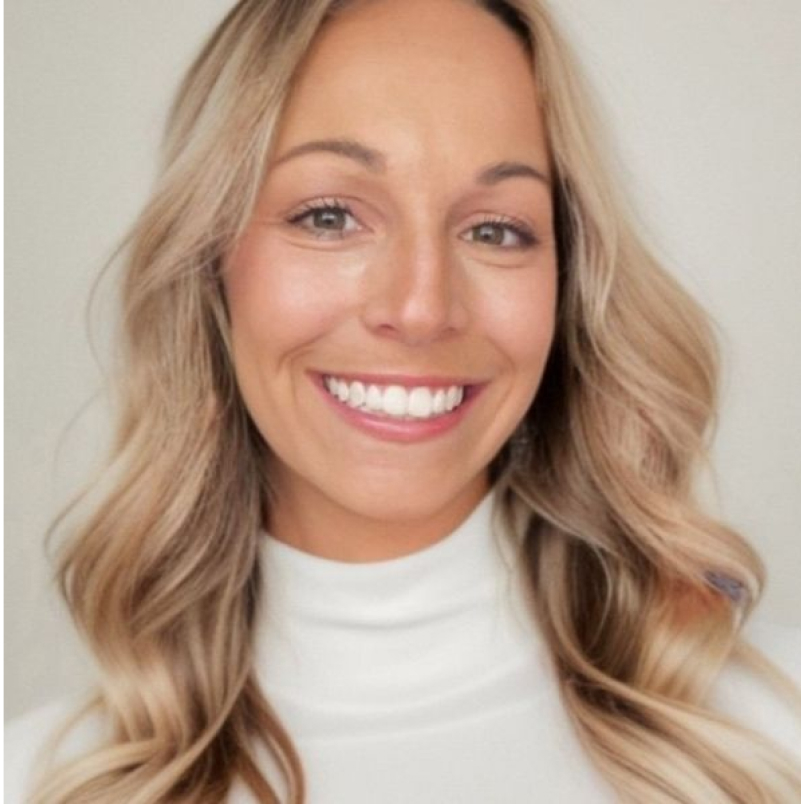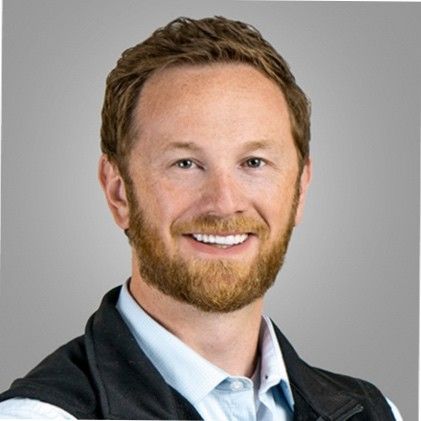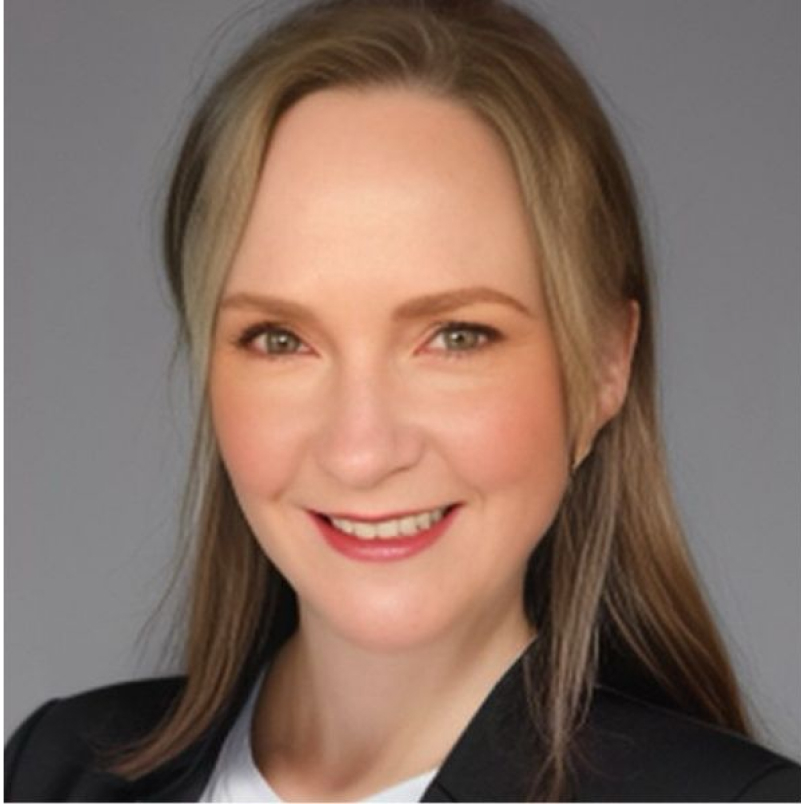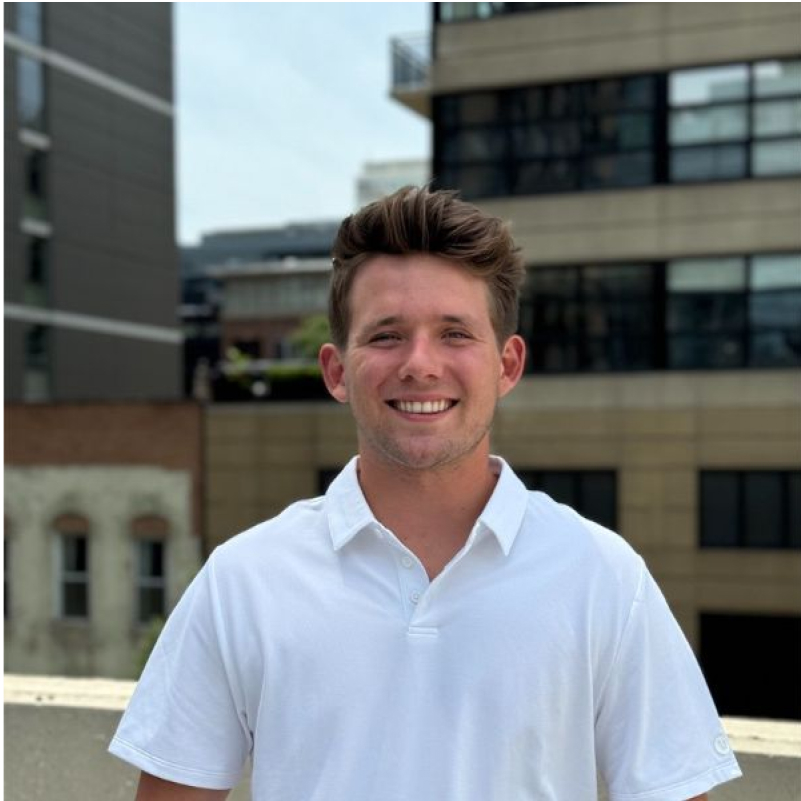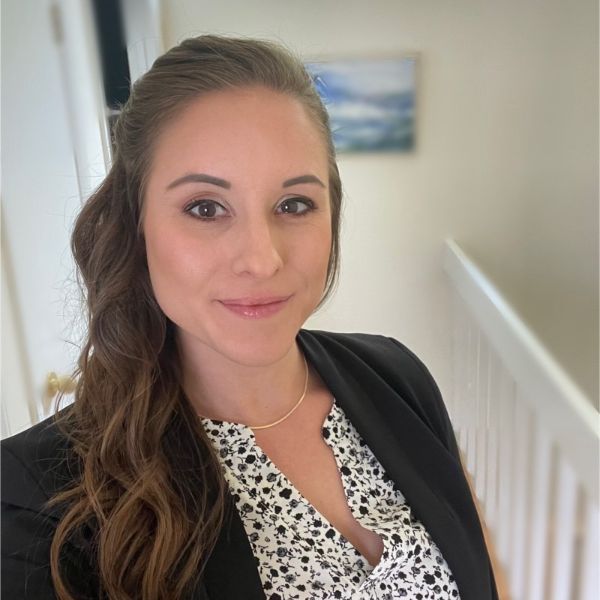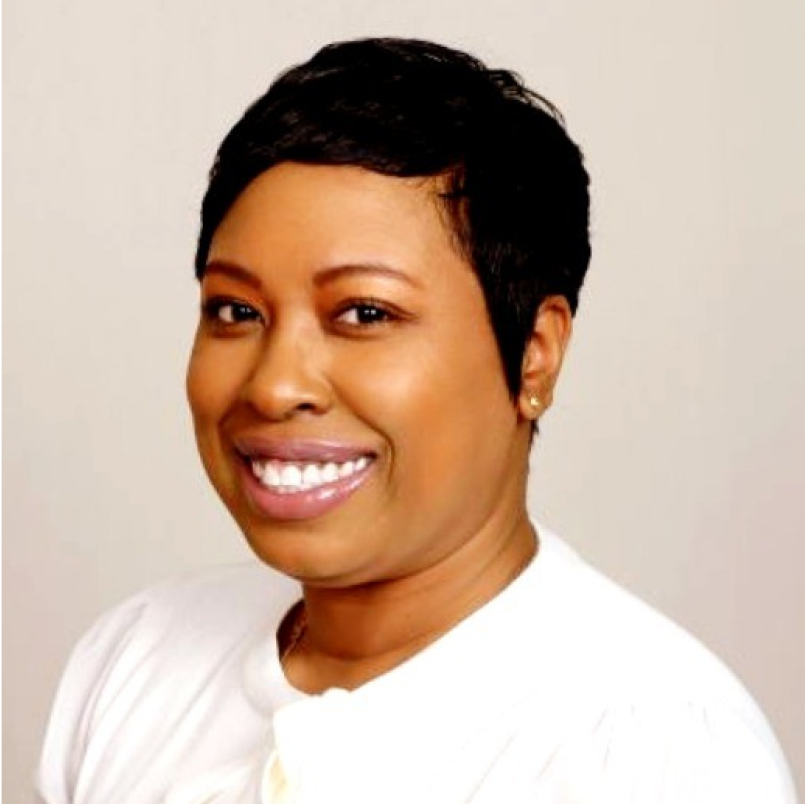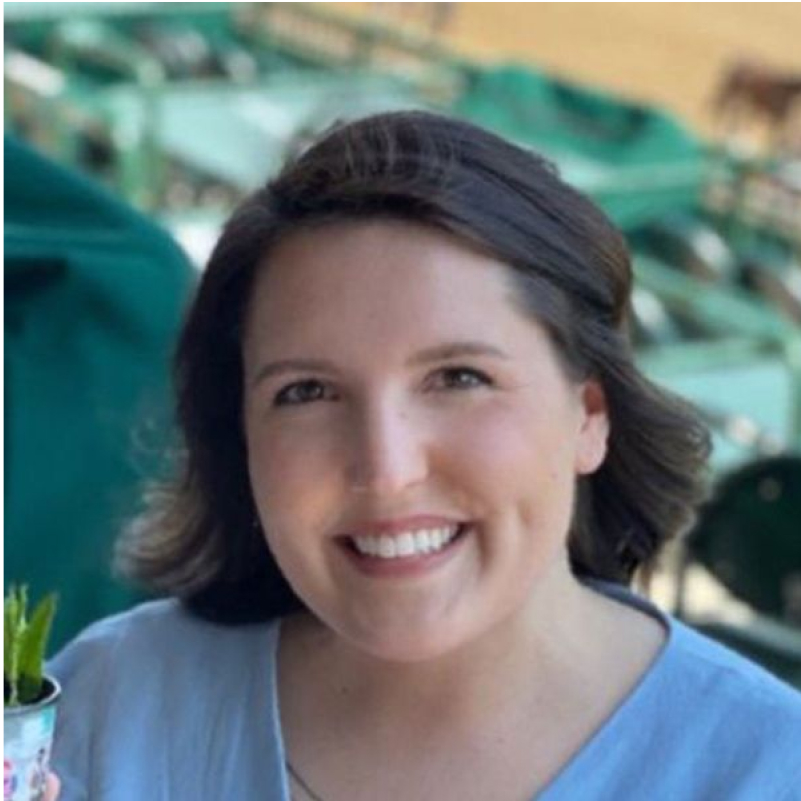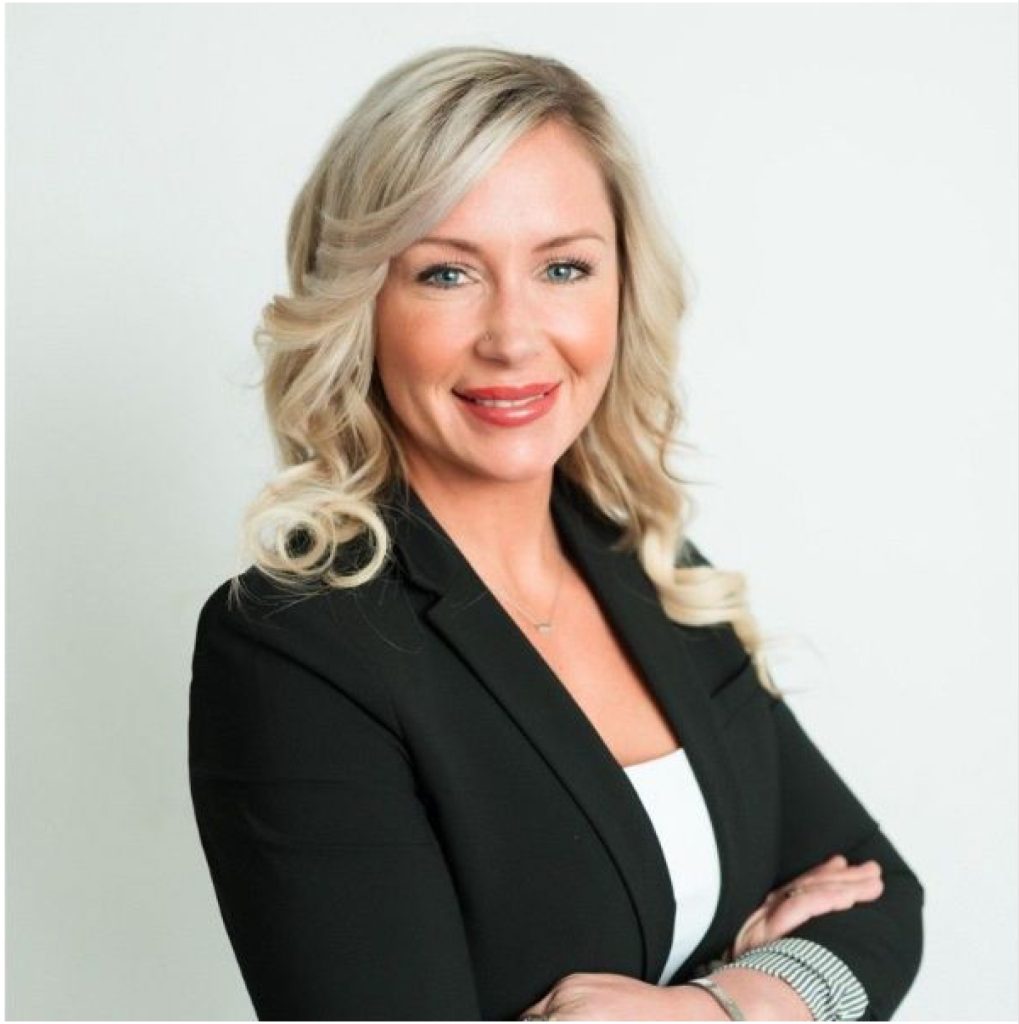Career success in MedTech is not just about climbing the corporate ladder; it’s about relentlessly advocating for patients, embracing change, and, above all, never giving up. Join me on a journey from Europe to the U.S. with Fred Colen as he shares his transformation from an engineer to a MedTech executive. Fred shares his diverse experiences, from influencing change within organizations to the significance of mentorship in career development. He also shares about his personal life, balancing a thriving career with a family that spans across continents. His journey is a testament of resilience, flexibility, and the pursuit of a global perspective. Tune in now!
The CE experience for this Podcast is powered by CMEfy – click here to reflect and earn credits: https://earnc.me/h5jhjr
—
Watch the episode here
Listen to the podcast here
From Europe To The U.S.: A Medtech Executive’s Career Chronicle With Fred Colen
In this episode, we have with us another special guest. He goes by the name of Fred Colen. This is a unique episode and I want everyone to read this carefully. If you’re trying to get into the industry, if you work within the industry, and if you’re a sales leader or any kind of leader in the MedTech space, this is a must-read. Why do I say this? Fred has led a very inspiring life. The things he continues to do are things that many of us have always aspired to do and are working on doing.
One of the things that we discussed is how certain actions as you’re growing in your career impact very important things later on in life. Sometimes when you’re doing something or taking an action that you know isn’t necessary, but you’re concerned that it might not have the positive effect you wanted for your family, for your relationships, and then find out years later that’s one of the best things you could have ever done, it’s a beautiful thing to experience.
We talk about that in so much more in this episode. Now you’re reading and you are thinking to yourself, “What is Samuel talking about?” I’m not giving it away. For any of that, you’ve got to read the blog. The only thing I’ll say again is to read this. It’s one of those interviews that can stick with you and inspire you as you continue to go on and lead the wonderful career you are trying to lead. As always, we do our best to bring you guests who are doing things differently in the medical sales space and I do hope you enjoy this episode.
—
Fred, how are you doing?
I am very good. It’s nice to see you.
Why don’t you tell the audience who you are and what you do?
My name is Fred Colen. I am a person who has devoted his life to medical technology. We need to bring innovative new therapies to the market and the patients. It’s my heart’s desire to do that work. Many years ago, I had a hard time making up my mind. Do I want to be a medical doctor or an engineer? In the end, I decided to become an engineer but from the get-go specialized in medical technology. In those days, you couldn’t study that at any university but I found some universities that want to work with me. They allowed me to do some classes in medical science, which was very nice. I got going from the get-go in medical technology. I was inspired by it.
Before you continue that, we’ve got to let the audience know what you do. What’s your role?
I am an executive for one company. I’m very proud to say what I just said because we had a very good and successful exit. This is a startup company in the cardiology space and we were able to get a nice exit done with a strategic company. Most of the employees are moving on and the therapy continues to be utilized. We’ll have a home.
The acquiring company is quite a well-known company. It is a rockstar in the medical device space. They acquired our company and they have commitments to substantial continued investments in the therapy to bring therapy, which is for refractory angina. It is for the treatment of refractory angina to the market and to continue to grow the utilization of that technology. That’s what kept me busy in the last few years as the executive of that company. In about a few years, I managed to achieve this exit and we as a team are extremely proud of that.
This is exciting. This is a very big deal. For those of you reading, when someone has reached what Fred has done and they can exit, he sold the company to a much larger organization that has paid him and his entire company to do whatever they want to do. I got to ask you, Fred. What are the next steps? Are you going to write your memoirs now? Share with us what’s on your mind.
I’m not a memoir writer. That’s not me. I will continue to shape the field and continue to find therapies that need attention to be brought to the market. That would be either in an additional new role as an executive in a company or as a board member. I am already a member of the board of a startup company where we get paraplegics to walk again. I’m serious about this. This is very innovative and interesting. I’m in discussions already about another board membership as well. We’ll see how it continues but no. I’m not going to retire because retirement is overrated. I’m not good at writing memoirs. I’m going to continue to move strong.
If you can, share a little bit about the paraplegic board member position you have. Give us a little bit more about the technology behind that. What’s going on?
It’s a European company. They are a Dutch-Swiss organization. I’ve been on the board for many years or pretty much from the beginning. What we do is a rather complex electrical stimulation in the lower spine just below where the injury is. People who end up in a wheelchair and become paraplegics who have had accidents. It’s typically why they end up there. That means that the spinal cord has been injured in a certain spot pretty low in the spinal cord.
We go just below that and we then start with an electrode that’s being placed there in the spinal cord area. We then stimulate the nerves that go from there to the muscles of both legs. We stimulate those nerves which stimulate the muscles in the right sequence for both legs. You can imagine you have a lot of muscles in both of your legs to be able to walk. You have to activate them and get them to contract and relax in the right rhythm, all of these in perfect harmony on the right and the left side.
We do that with an implantable micro-computer system that’s coupled to an external micro-computer system that also has a feedback loop with sensors on the knee and the foot so that we get feedback as to what the patient is doing. The patient has an Apple Watch or something like it on the wrist. The first command is, “Stand up,” because this is the first command to be able to get out of the wheelchair and to stand up.
The next one is, “Start walking,” and he always knows he has to start walking with one specific leg and then he starts walking. The most difficult part of it is the balancing. We have achieved so far in the initial clinical studies to get about 7 or 8 patients to walk but they walk either on a cane or with a walker because of the balancing that’s a little bit difficult. It is starting to work and it’s very exciting to see.
When you say giving commands, is the patient giving commands to the device?
It’s all automated. The patient does this through the interaction of the watch with the entire system. The patient is in control of giving the basic command, but the whole system is set up by the physician in terms of optimizing all the specific individual interactions. There’s a very complex training program associated with this and optimization for all the individual steps for the position together with the patient.
If you can share, what is the most mobility you’ve seen with a patient that’s had this device implanted in them?
Walking outside, alongside the lake, or just on a pathway. Also, being able to walk a good distance like a kilometer or something. I’m European and US. I’m in both systems. It’s like 0.5 mile to 1 mile distance. Can you imagine people who are not able to walk that are going to be able to walk? It’s a life-changing thing. The other thing that we found is that these patients also have issues with blood pressure.
While the world in general has a blood pressure that’s too high, these patients typically have way too low blood pressure. They need a higher elevated blood pressure. For example, when they lie down and get up in the morning after sleeping in bed, they have difficulties getting orientation going once their blood pressure is too low. We also found a way to stimulate the lower spine in a very similar area to be able to increase their blood pressure not by any medication, not by any drugs, but also by electrical stimulation.
With them walking and doing this, does it put a lot of stress on their muscles just trying to keep up?
In some ways, yes but you got to understand the starting point. These poor people have been in a wheelchair for a long time and they have no vision of becoming better again. Because they don’t use their legs, their muscle mass completely goes away over time. I say this in general in life. This is a very important lesson. You’ve got to keep using your body. You’ve got to keep training it. You’ve got to keep using your muscles. You’ve got to keep using your brain.
If you don’t use it anymore, it goes to sleep. It goes, “I am not being used. I can take it easy,” and it goes slower and slower. That’s the same as these patients. They sat in a wheelchair for many years. Their muscle mass gets completely reduced and they are not able to hold themselves up anymore because they have too little muscle mass.
When we start them in the clinic getting into walking again, there’s a weight support system that holds them up when we start with 100% of their body mass. It’s like a weight support system with rails to the ceiling so they can walk with it but it holds them up. It takes about half a year for them to regain their muscle mass again while they go walking. Over time, we reduce the muscle mass until they regain their mass again. In terms of what’s the stress, there is a stress on a system but I would say in a good way.
What’s the longevity of this device? Can they have it for the rest of their lives or that remains to be seen?
That’s the intent. The intent is that the system is rechargeable. The implantable system has a rechargeable battery. Typically, at night it gets recharged. From that standpoint, with advancement over time, there may be a desire to upgrade but the desire is indeed to have these patients on the long-term system that will enable them to walk again.

When you talk about longevity, the most important thing is and we’ve seen this in early-stage rat research. I know animal research is always a sensitive topic. We do it on rats in the laboratory. If the rats have an injured spinal cord and we do this treatment on them, we see that the nerve endings that have been severed or not connected anymore start to slowly grow over again over time. It’s like the body is learning, “I want to walk.” The system stimulates it here.
The end is seeing the same signal, “I must connect these two points.” We don’t know this for certain yet at this early stage. It looks like the body is learning how it needs to rewire itself. That is the most important and amazing thing which has never been seen before. If this were true and if this can be achieved, it would be a dream. Maybe over time, we don’t even need the system anymore because the body may learn it again. Who knows? We don’t know. It’s too early to say.
One more thing on that note. You’ve got to give us a patience story. I’m sure you’ve seen these patients walk. Give us one. Maybe the one that’s in your mind the most. What was that like?
There are several. You can also find them on the internet. You can look it up. You will find patient stories there as well. These are all European patients because they’ve done clinical research in Lausanne, Switzerland. There are patients there from Switzerland, Germany, and the Netherlands. There was one patient. His name is Johan from the Netherlands. He got hit by a car in a major car accident and he got into a wheelchair.
He couldn’t walk anymore. He tells a story that he can’t walk anymore. “I can’t believe I will ever walk in my life anymore. It’s so depressing and so difficult to live with. Now, I’m coming back. I’m seeing a way to walk again, which is an impossible thing becoming possible.” It’s what he’s talking about. It’s amazing to see those kind of stories.
You are right. You’re doing some fun stuff.
Why would I write memoirs?
With that being said though, you might want to write memoirs that talk about some of these experiences so that people like us can learn about them. Let me ask you this. I love having you on the show because a lot of people get into medical sales especially now. Many years ago, people didn’t know about what a medical sales career trajectory could look like. They didn’t know what they could become or get into.
Now, people go to college knowing they can have a career in this space and get into a space like you, build something, sell it off, and then go do whatever they want to do and be part of any innovation they want to be a part of. It’s an amazing thing that is happening right now. How did you come to learn about this company and even other opportunities? Is it just that once you’ve reached a certain level within your career, you’re just privy to it, or do people seek you out or do you seek it out?
It’s a little bit of both but before we go on them, let me say this. This is such an inspiring field to work in. If you’re good at it, you can also make a ton of money but the most rewarding thing is to see what you’re able to achieve. When you see these patients and you see what impact this has in a very positive way on these patients, everything else dwarves.
The motivation, the spirit that that creates in you is so strong then everything else becomes, “Yes, the money is nice but I want to be part of this. I want to have another journey like this.” I’ve had several of these journeys with a team. I can tell you, when you do this with a team and you go through this journey, it’s an amazing journey to get to an end-stage like I just did with the other company that we just sold to another company.
I’ve also done it with drug-coated stents. I’ve done it with pacemakers. There are all kinds of different things I’ve done in my life but what is the same is always the team gets to the end and they go, “Everybody’s going to be so happy. We got it. We made it.” The team is sad because we reached the end of the journey. Now, the journey is over. I love this so much. I want to know the journey. It’s the day we longed for.
How do you get into it? I always say you got to keep doing all the right things as a person and as an individual in any career, but certainly also, in this career. You can’t cut corners. You do the right thing. Even if it’s very difficult, always do the right thing. Never burn any bridges in your career. Always keep the contacts because you never know what will happen many years later again.
Like in every career, keep your contacts. It’s very important to stay in touch with people. Also, you do the right things and people will notice you. They go, “This guy did some good things,” or, “This girl did some nice and interesting things. Let’s talk.” The medical device space isn’t that huge. It has grown a lot over the years, but it’s not like the car industry or it’s not that huge. It’s not that difficult to stay in touch with the key people.
Also, you will learn that you have colleagues and medical doctors who work with you and love to work with you. That’s a very amazing connection as well. Also, over time you find out there are a lot of people involved in this business because of the financial side. A lot of this innovation needs to be financed. It used to be so that the big companies would finance all the innovation. That has changed a lot.
Innovation is driven a lot by small startup companies these days. The big companies want small startup companies to develop a therapy, and reduce the risk, and they pay big bucks in the end. You also get to know a lot of people in the financial industry. That’s also very interesting and important because they may want to support another venture and they say, “We need a new leader for this or a new person who can do the clinical work or the sales side. We’re looking for somebody.” It’s a little of both. You’ve got to keep doing the right things and people know you. You also have to keep reaching out to the people in the field that is your colleagues and the physicians as well as financial people out there.
Take us back. We want to get not the blueprint because there are many ways to get where you are but a blueprint. Take us back to college. Take us back to your engineering or medical doctor. Why did you decide what you decided? What was the thought process? What do you think you’d be doing in your first position out of college?
That’s also interesting. As I said, I had difficulties making up my mind. Do I want to be an engineer? Do I want to be a medical doctor? I went back and forth on both sides. In the end, I decided to become an engineer. I studied Electrical Engineering. About halfway through, you have to decide, “What kind of specialty do you want to get into? Do you want to get into computer science, electricity, power plants, telecommunications, or microelectronics? There are all kinds of different things.
I don’t want to do any of that. None of that was interesting to me. I want to do medical technology which didn’t even exist at that time. I switched universities to go to a different university that had a big medical department because where I started studying, they didn’t even have a medical department. I went there and I spoke to the professors there. I said, “I want to do something in a medical technology space. Is there nothing we can work out on a project basis?”
In those days, they said, “We’re interested in that. We don’t have it yet, but we’re interested in exploring it. You’ll be a guinea pig for us.” It’s what they said. I said, “Sign me up. I’ll be the guinea pig.” I got my degree in Electrical Engineering and my direction officially was Telecommunications although I never really learned Telecommunications. It was only because I got to choose three topics and I was allowed to pick all those on the medical side.
I could take courses in Physiology, Cardiology, and all of these things, which was very helpful. Right after that, I was able to work at the hospital for a couple of years. As an engineer or a technical person, I had interactions with patients. These were patients that had implantable pacemakers and they had follow-up treatments.
You were an engineer. What was your position?
These patients came in for regular checkups of their pacemakers, and they needed a technical person to understand what all the pacemaker was doing and how the ECGs were if the pacemaker was working fine, if the battery needed to be replaced pretty soon, or if there were any issues. I was also there as the person who assisted the medical doctor in implanting the lead into the heart to make sure it was properly placed so that the pacemaker would properly function. It’s those kinds of things. That was very good because right from the get-go, I got right into the clinic and with the patients. It was very good.
I then wanted to go into the industry and I signed up to become a design engineer at a company in the Netherlands. I started there and on day one of my job, the head of the company came to me and said, “Fred, we have to talk to you. We love to have you design our next pacemaker but we have so many problems with manufacturing. We need you to support our manufacturing efforts.” I go, “That’s not what I wanted to do.” It was a blessing in disguise because I did that for about five years. This also tells us that sometimes you just have to go with the flow. We cannot just go against it.
[bctt tweet=”Sometimes you just have to go with the flow.” via=”no”]
I did that and I and I learned so much about manufacturing techniques and processes and then you realize, how good is it to know that stuff when you start developing something because whatever you develop needs to be manufactured. That was great. One day, that company was acquired by a large US pharmaceutical company. I got to talk to those people. I said, “I want to do development work.” The first thing they said was, “You got to come to the US to do that.” I said, “Sign me up. I’ll go.”
Where did they have you go?
In Minneapolis-Saint Paul in Minnesota. It was a cold place in the wintertime. It was a wonderful experience. I was there for several years and did some phenomenal work in developing their next-generation pacemaker. It was a great team. I then went back to Europe and I want to learn about the profit and loss statements or the financial side of a business. I moved to a small company that was supporting electronic circuits for implantable devices throughout the industry like an OEM supplier.
I love that because I had a lot of contacts within the industry, but I also had 30 people reporting to me. I had P&L responsibility for my little division and there’s no better thing than to have a small team and learn all the ins and outs about how P&L works because you see every movement of it. I did that for 8 or 9 years. One of my connections called me up again and said, “I want to diversify and acquire a company. Can you come help me?”
My career went on and on and it grew over time in terms of leadership positions. In my life, I’ve worked with organizations that had 30 people reporting to me. My biggest job was I had 16,000 people reporting to me. I have revenue from $2 million to $2 billion and everything in between. You asked me, “What did you like the best?” I go, “I like the best the smaller company because you work a lot closer to where the action is.” The big company was guidance. I was the president of that division. We had a $2 billion revenue per year. There are several thousand people only in sales in the US.
Talk to us a little bit about what learnings you took from working with companies having such a position where you were having so many people report to you and then taking those learnings back to a smaller company. What was that like for you? What did you learn from those experiences?
You learn a lot about leadership, management styles, and being a good mentor for your people. Those are the things that from an organization standpoint, all the big companies are very good at that. You learn that very well. Those are wonderful things to learn and apply in smaller organizations. That’s for sure. What my career has taught me in general is I love to be a humble person. The best way to describe that was that wasn’t even taught because of working at a small or big company.
[bctt tweet=”You learn a lot about leadership management style, in being a good mentor for your people.” via=”no”]
I learned that because of understanding the complexity of the body. I hear so many people talking about gene therapy or this or that. We’ll learn this and this. In the next two years, we will know everything about the brain, artificial intelligence, and all that good stuff. Many people underestimate the absolute complexity of the body. My experience has been the more you understand how to body works, the more you understand how little you know and that makes you humble.
That’s a very good thing. It keeps you right in the middle lane. It keeps you to be a nice person to work with others and to be a real team member. I much rather underestimate a task than overestimate it. Don’t believe that things are going to explode tomorrow or that a new therapy is going to be there in the next year. My experience has been novel in the medical technology field from the ground up to get into the clinics and getting utilized takes at least 10 years or more likely 15 years.
Even now?
Yes. This is how long it takes. You may make refinements and improvements. That may take 2 or 3 years sure, but to take a completely new thing from the research stages into a real therapy that works for a patient takes at least 10 years, more likely 15 years. It takes a lot of work. It’s very complex, number one. Also, there are huge hurdles. You want to do it. You don’t want to hurt a patient. You want to do a lot of clinical work to make sure you understand how it works and works well. These things take time to develop. That’s just the reality.

In most of your positions then, you found it in the middle where it wasn’t from the beginning stage. It was or maybe halfway there. It was almost to being the disruptive innovation and then you signed on and helped execute it to get it to that disruptive innovation.
I’ve done a lot in the whole chain. I worked certainly on the sales side, but I’ve also worked in very early stages. I also was the Chief Technology Officer for eight years where I had responsibility for research and development and investments. Which programs are going to invest money in? That stuff was research work. For example, and those days we developed drug-coated stent programs.
That started with early-stage work around what drug you use. What polymer do you use to put on a stent? Also, how do you get the drug to come off the polymer on the stent in the right doses over time? Can you imagine how complex this is? I’ve done these things from all these stages through the end. It’s a big journey. Depending on which things I’m talking about, I’ve been very early on, sometimes in the middle, and sometimes in the very end. I’ve been all over the chain.
When did you get turned on to your last company?
About a few years ago, I was on a few boards at the time. I didn’t have an operational role and some of the board members of the company approached me. This company had some difficulty. They had some legal issues that they had to deal with and because of that, they had financing problems. This was a startup company. They said, “Can you take a look at this? We need somebody with some credibility that might be able to turn this company around.”
I looked at it and I went, “The company is in some real trouble. I’m not sure it can be done financially.” The board members responded back and said, “We understand it but can you please look at the products?” These guys knew me. I looked at the products and I went, “These products have to get to the market.” I signed up to do it a few years ago. In the first couple of years, I never talked about the financial side because we honestly didn’t know if we were going to make it financially.
We focused on the execution of the development of the products. Over time, we were able to turn it around and get the legal and financial matters in good order. We produced a product for refractory angina very well. We’ve got reimbursement in place in Europe and in the US for that product. That product has been implanted in about 3,000 patients. This is another amazing story. It’s so interesting in terms of how medical treatments develop over time.
[bctt tweet=”It’s so interesting how medical treatments develop over time. ” via=”no”]
I’m sure you have heard about coronary artery disease or people who have a heart attack. If you have a heart attack, your coronary arteries clog up. If you’re lucky, the physician does see it early enough and you don’t have a heart attack and you get treated. How do you get treated? You get treated either by stenting. They put these stents in these coronary arteries and open them up. If it’s bad, they say, “You need bypass surgery.” They put a bypass graft on the outside of the heart to transport the blood to where the heart muscle needs the additional blood supply and oxygen. It’s bypassing the coronary arteries. That’s the modern way of treatment. It’s very well established.
A lot of people go through it but what is not being talked about is two things. One is when you go through that entire process of stenting or bypass procedures, that doesn’t mean that for every patient going through these procedures, the angina, which is the pain in the heart and the shortness of breath when you start exercising a little bit, is gone. For quite a few patients, the angina after this procedure is still there. “I hadn’t heard about that yet.” Most people don’t talk about it because there isn’t much you can do anymore for these patients. They get sent home. They need to take it easy and take some medication. That’s about all people can say.
The other group of patients are primarily women called ANOCA patients. They also have angina. They go through the whole rhythm role in the cath lab and then the doctor says, “Your coronary arteries are wide open. There’s no problem.” The patient is like, “Yeah, but I have pain.” “Yeah, but it’s not from your heart because we can’t see anything.”
What we’ve discovered in the last few years since it started is that if you have an occlusion of these coronary artery blood vessels, which are the big ones on the outside of the heart, typically, it also means that the small little blood vessels inside the wall of the heart also get occluded. Why would only the big ones clog up and not the little ones on the inside?
Some of these patients have what we call these days the microvascular disease. These women whose coronary arteries are wide open and they’ve been told, “You have no heart problem,” they had microvascular disease. They had the small little blood vessels clogging up but nobody was looking at it or you got treated for these big coronary arteries that were blocked and then he said, “Your coronaries vitals are doing good.” “I still have angina.”
We came up with a product that helps patients with what we call microvascular disease where you still have angina after your coronary arteries are reopened or they are open to begin with. This is called refractory angina. What it is it’s a device that is a metal mesh that has a shape like sand watches of where the sand runs through. It has a small little opening in the middle where the sand runs through.
It has a wider end and the middle has a very narrow opening and the sand runs through it in the middle. This device that we use is the same shape. We put this where all the blood comes out of the myocardium of the heart. It gets encapsulated by the body as a natural reaction. Over time, all the returning blood from the myocardium has to go through this very small middle opening, and that increases the blood pressure a little bit inside these small blood vessels.
It’s the same when you put your finger on the garden hose, your garden hose swells up because the pressure goes up. The flow of water that keeps going increases but the pressure goes up. We achieve the same thing. The pressure goes up in your small little blood vessels and that opens them up a little more so you get better oxygenation in the small little blood vessels. In 70% to 80% of the patients that we treat, it’s a very effective treatment.
What was the awareness of providers that were missing this? Was that immediate? Were they like, “I can’t believe we didn’t see it?” Was there resistance to this?
The whole story came to light in a backward way and this happens often in medicine. It all goes from the symptom side but the patient still has symptoms. Why would the patients not have symptoms? Maybe we need to do something else and people try all kinds of different trials and things. “Let’s see if we put something on the outflow, maybe that helps.” “That helps.”
It’s an iterative process to understand how you can improve the symptoms and much later, come to an understanding of why it does this work and what is the background of all of this. That has only come to light in the last few years. This device was already developed many years ago when people didn’t understand the background of it.
Did the discovery of what’s going on happen in a lab under a medical technology company or did that happen with a provider that finally did the diligence to find out what’s going on?
It happened in a university laboratory with medical doctors, students, and people working with, “How could we still do something for these patients?” From there, it took a very bumpy road. That reminds me. Dr. Michel Mirowski from Johns Hopkins University, who is a cardiologist, died quite some time ago. He is the inventor of the implantable defibrillator.
Your heart goes into fibrillation and you put the paddles on and you get a shock. There is an implantable device that does the same thing that helps you in getting through this. This Dr. Mirowski was the inventor of that device. He had a very interesting statement. He would always say, “No. The roads aren’t bumpy. The bumps are the road.” We all have bumps.
Talk to us a little bit about how medical innovation is truly happening. You gave a scenario where it’s always driven by the symptoms and when someone finally goes back and says, “What’s causing these symptoms?” Is that what you see over and over again or would you say that it’s happened in all kinds of different ways?
This is a typical way. The medical side of it is we have to find a way to work on those symptoms and to solve those. There’s also a way where you do it from the ground up more scientifically and from a technical and research understanding build it up.
How often do you see a provider that is in a way going against the grain? They believe that something’s going on and that for whatever reason, no one else is listening. Finally, the right person listens to it and the disruptive technology is developed. Give us a story.
In particular, it was a disruptive technology. Let’s take the example of Dr. Mirowski. It’s such a good one. Have you ever seen a defibrillator or an external device that people use as a defibrillator? It’s a box. Dr. Mirowski said, “The reality is people who have a cardiac arrest where the heart goes into fibrillation have a very low chance of survival.”
Now, that’s known to be only 5%. Only 5% of people that go into fibrillation survive. Some people believe it’s 10 or 15, but they don’t count the patients who die on the way to the hospital. Those statistics are only measured in the hospital. If you take from the beginning, all the way through like the football player who had a cardiac arrest on the field. He was saved because there was immediate medical treatment there for him. That’s why he didn’t have any issues and he survived very well, but how often is that the case?
Typically, you’re in your own home or you’re on the street somewhere where you might have this and there’s nobody there to help you. That’s why the survival rate is so low. As Mirowski said, “The survival rate is so low so to have this external box and people have to go there to survive is not a solution. People who are in danger and there are symptoms that you can look at. There are ways that pinpoint that these patients may have a higher probability of getting into fibrillation. These patients who get a prophylactic device should have an implantable defibrillator implanted in their chest so that if it happens, this implantable device automatically revives them. That makes total sense.
I don’t see why anybody would argue with that.
However, he was saying, “Let’s implant the device that is this big.” Everybody goes, “That’s nice, Dr. Mirowski, but we can’t fit that in a box. It’s not going to work. That’s Utopia what you’re talking about.” He was ridiculed by about everybody including all of his colleagues in the literature. It makes no logical sense, but it’s not practically possible. He didn’t give up because one of the things you’ve got to learn in this business is to never give up.
[bctt tweet=”Never give up.” via=”no”]
He went into his own laboratory, started working with this, and figured out that if you are inside the body, you need a lot less energy to defibrillate the heart than if you are on the outside because of the relatively dry skin. You need much higher energy, meaning a much bigger box. If you go inside the body, you need much less energy so maybe I can do this. He figured out that there were physical differences and therefore he might be able to get the device to a smaller size.
He was very smart about it. Instead of talking about it little by little, he went down this path. He developed an implantable device. He implanted it in a white little poodle dog that I will never forget because I saw the video. He made a video of that little white poodle dog. He went with that video to all the major big companies at the time, all the pacemaker companies and he said, “I have a new device. You know about cardiac arrest and people die all the time. Here is an implantable defibrillator and it works.”
He had a video. All he did was no talk, just the video. I saw that video. What he showed was this little white poodle, walking on the stage. All of a sudden, he would fall over because he was also, from far away, able to induce fibrillation in the heart. The little dog fell over and nothing happened for like ten seconds, which is how it works even now. All of a sudden, you saw a shock going through his body. Ten seconds later, the little poodle gets up and starts walking on the stage again. That is how he made it work and the implantable defibrillator business now worldwide is an $8 to $10 billion business. You’re talking about a person that goes against all the grain and this is what it takes.
How did that impact you with your career decision? It has to have a profound impact on you.
It’s very inspirational. You go through them. You see it happen and it teaches you a lesson for life. Nobody can ever take this away from you. That’s why I’m also very happy to share these stories with you because they’re very valuable for people to know about.
You’ve reached the pinnacle of a career that people dream of. Now, there’s more education around this type of career path. What career advice would you share with the medical sales reps and the engineers who work for medical technology companies that have bigger ambitions and want to have a bigger impact and also hope to have a career that mimics yours?
First of all, in any circumstance, never give up. Secondly, always put the patients at the center of what you work for. You work for a company but in the end, what you do it for is for the patients. Also, always put the patients at the center of your thinking. That will be an enormous stimulus and a driver even on the most difficult day. Also, try to find new ways. If you see things that you think can be further improved, don’t just say, “Nobody listens to me.” Go talk to people. You’ll find somebody who will listen to you. Don’t give up on that either.
It’s because there are lots of people in this field who are very close to the patient. They see what they go through every day and especially the people who are close to the patients see the opportunities. They see how things can continue to be improved. Speak up about it. Don’t just go, “They must have some reason why I do it this way or maybe I don’t understand it. Nobody’s going to listen to me anyhow.” Don’t think that way. Go into yourself and think about it. “Is what I think might be done better? Could that have some legs?”
It’s serious but if you are convinced, talk to your colleagues about it. Talk to others and get some touching points. Also, keep going after it. I found that incredibly important in my career. Sometimes I spoke to people who were three levels higher in my organization. I would always be very careful with that. I was like, “I will tell my boss that I spoke to you about this, but I don’t want any problems.” Sometimes you have to do the impossible thing to get the attention of something that needs to be changed. It’s important that you keep trying that. Don’t give up. Never give up.

You were an engineer. Some people reading will say, “He was an engineer so he had access to the right ears and the right people.” I want you to speak to anyone who has that perception and think of the individual contributor sales rep. You would share that same piece of advice you just shared with us with that same person and say, “Find the person that will listen,” or would you have a different type of advice on it?
It’s the same thing. It doesn’t matter that I came from the engineering side. I’ve had so much interaction with salespeople. Mentoring, in general, in any organization and any place in an organization is hugely important. Those aspects should never be underestimated either. Talking about what I can do to do things better fits in that same mentoring scheme. Salespeople are not just there to sell something. That’s way too diminishing a role for a sales rep in this space.
Salespeople are there to work. We have had serious discussions about these things like, “Who is your customer? Is your customer the physician? Is it your patient?” I always say the customer is both. You have a physician that you want to make sure gets all the support that he needs not just that you sell them something. He wants to make sure he gets all the support that he needs from you and you look at the patient as the person who in the end is going to benefit from the therapy you provide through your sales efforts.
Salespeople in find our generally underappreciated except the salespeople. They know their role. Generally, in the field or an organization, people don’t understand how important these folks are. They are not just there to sell something. They are primarily there to support how it works right and to help the physician and the patient get through things. These people do an enormously wonderful job.
I’ve met so many salespeople around the globe in lots of different countries and they all have the same spirit. Salespeople in the MedTech industry are not like a salesperson who sells you a car. It’s not the same kind of person. A person who works in the MedTech space has the desire to do something special. It’s not about the sale. It’s not number one. Number one is to do something for the physician and the patient. That’s the differentiating factor. These guys are very valuable and phenomenal. I always love to work with them.
Tell us about your personal life. Do you have a family, kids, or a wife?
I’m happily married. That’s wonderful and that’s the best place to be. I also have four very well-educated and well-to-do kids. They all four live in Europe. I live in the US and my kids live in Europe.
Were they born in the US?
They were born all over the place. My oldest one was born in the Netherlands. My second oldest was born in the United States. My third and fourth ones were born in Germany. They were born in all kinds of different places but when they got older, they had a chance to decide where they wanted to be. They could have been in the US or Europe and they could decide that on their own. They spend a lot of time in the United States.
They went with me all over the world. They lived and worked in the Netherlands, Germany, Sweden, and the United States, four different places. They went with me everywhere. Even when they finally settled in Europe, they would still spend 3 or 4 months a year with me in the United States. They are global citizens.
We’re going to have to revisit the decision to write your memoirs because you’re telling me you went from individual contributor engineer to CEO who’s doing all these amazing innovative technologies with a family of four and you stayed happily married. We have to know how you made that happen. Talk to us a little bit about what it was like to have a large family like that and make so many different moves. You’re going to the US. You’re going to Europe. You are going back to the US. Talk to us a little bit about that.
It was very hard on the family. There’s no question about it. I can tell you that in those days when my kids were small, I had real reservations about it. It was like uprooting them. I would take him out of their social environment and move them somewhere else. It was hard on them and I could see it. It hurt me and I didn’t have a lot of choice because I wanted to do what was right for my career. I felt bad about what I was doing to my kids.
My oldest daughter Sonya was born in the Netherlands and when she was three years old, we moved to the US. She went to a kindergarten in the United States and after a week or so when I dropped her off there, the kids would tell me, “Sonya doesn’t speak. She can’t talk.” I go, “She can talk.” “She never says anything.” Can you imagine a 3 or 3.5-year-old? She didn’t know any English. That’s why she didn’t speak.
However, it was so amazing. About a month or maybe it was 4 or 5 weeks after she started, she didn’t start talking English word for word but sentence by sentence. It’s amazing how flexible the minds are and how they pick this up. When I look at my kids now, I go, “I’m proud of them,” number one, but secondly, it was a very good thing because they are the most flexible and open-minded people. They’re global citizens.
They have a wide perspective on a lot of different things, from a European, from a US, and a world perspective on so many different topics. All those different experiences were a very good thing because they had to go through it and they managed to get through it. They learned a lot from it but when I was doing it, I was feeling guilty.
Did they follow your footsteps in and get into med technology companies?
My second oldest daughter started out being in midwife and midwifery in Europe is a big thing. Most of the women in Europe get their babies at home as opposed to the United States. They have excellent medical data. My second oldest daughter one day told me, “I don’t know if I want to do this when I’m 45.” I said, “What do you mean?” This 24/7 thing. I said, “The babies come whenever they come.” She studied some more and she’s now a professor in Midwifery. She has regular working hours. That’s how she did that.
My oldest daughter didn’t go to MedTech but she did study Electrical Engineering. She got a master’s degree like me and her grades were better than mine. When I thought she was going to work, she wanted to study more which I wasn’t so certain about. She said, “I want to add an MBA.” She had an MBA. She’s working at BMW in Munich.
She’s been there for many years in the development department. She works right at the interface between marketing and R&D. She’s engaged in developing the next series of BMW cars that come out in ’26. That is Sonya and Christie. Anke is a teacher. Sven is a consultant. He works with startups and big companies in Austria. He is engaged in sustainability.
I want to know from you specifically. Do you think that American employees who want to expand their careers should be diligent about trying to get opportunities overseas or do you think that they can keep it all within the US? What I’m asking is would things move along faster for your impact if you look for opportunities overseas within an organization?
The honest answer is yes. First of all, it does provide for a broader global mindset if you have a broader experience. You don’t have to do it. The United States is a huge country. There are lots of opportunities and even different cultures within the United States. It’s not that you have to do it but Europe is so much different in so many different ways. You learn a lot and you get a different perspective on things. I do believe it helps. If you have the opportunity to do that for a while, you should. It would be a positive experience.
Is there anything else you’d like to share with the audience regarding career growth and what to do in your current role if you want to expand to a bigger role?
We touched on a lot of very good topics. It was fun to talk to you about all these things. I look forward to continuing to contribute as an executive member of some team and to be part of a nice team again to do something meaningful or to continue to work as a board member and mentor organizations and people. Also, try to get people going in the MedTech space in any role.
There are lots of opportunities in the professional sales side. There are lots of opportunities in the clinical support side. Also, in the field and the sales side. There are opportunities on the development side. In the quality and regulatory environment, there’s a lot of work to be done. On the reimbursement side, you have a new product. Are you going to get paid for it? How do you figure that out? There are so many interesting things that you can work in this space. I encourage people to look into it and to take it seriously. If I or anybody else can help in any way, please do not hesitate to contact me. I’ll be happy to help anybody
Fred, this was fantastic. I want to have you back on the show maybe in six months to a year to see what next innovation you’ve done and what you’re going to be going on to do. The last thing I want to do with you is have a lightning round. You have less than ten seconds to answer four questions. In the last few months, what is the best book you’ve read?
It’s a book by Daniel Silva. It’s Portrait of an Unknown Woman.
What was that about?
It’s science fiction. It’s a spy novel but it also has a lot about art in there as well.
In the last few months, what’s the best movie or TV show you watched?
The new movie where there was a guy in the plane flying like crazy. It’s not Tom Hanks.
Is it Tom Cruise?
What is that?
It’s Top Gun.
It’s a phenomenal movie.
That movie was fantastic. I agree. In the last few months, what is the best meal you’ve had?
I would say a very nice steak with cream spinach.
Was this at a restaurant or home cooking?
At a restaurant.
What was the name and where was it?
It’s The Capital Grille.
Lastly, what is the best experience you’ve had in the last few months? I think I know your answer but I want to hear it from you.
The very positive experience of being able to exit and sell the company that I was running. Also, to work with an excellent team there to make it happen.
Again, Fred, it was wonderful having you on the show. Thank you for giving us your time. We look forward to hearing more from you.
Thank you so much. It was my pleasure. Take care.
—
That was Fred Colen. What a fantastic career he has led. There are many things to learn from that episode. Those of you who read this regularly already know what I’m going to say but I’m going to say it anyway. If you’re trying to get into the industry, if you read this episode and thought to yourself, “What I would give to experience some of the things Fred has had the opportunity to do. I would love that. Those are ambitions that I currently have,” and you’re not in the med sales space, then you already know what you need to do.
Fill out the application. Let’s get some time with one of our account executives and let’s get you on a path to potentially experience the life that you deserve. I was asked, “Why am I so passionate about people working within the medical tech space?” I’m talking even beyond being a sales professional. It’s any role in the MedTech space. There are two reasons. 1) The selfish reasons that benefit you as the individual and 2) The wonderful reasons that benefit everyone else that you’re working for AKA the patient.
I do believe that the med sales space offers careers that allow for growth. It allows you to work hard and get out as much as you put in. Also, to be well-rewarded and truly compensated for the hard work you’re doing changing patient’s life and raising the bar of healthcare. These are all things that anyone in a role within a MedTech company has the opportunity to impact. It’s one of the reasons why I’m so passionate about helping you get into this space.
If you’re looking to improve your performance, check out our sales training program and fill out an application. Again, schedule a call with our account executives. Let’s get you on the right path to exactly where you want to be. As always, we do our best to bring you guests who are doing things differently in the medical sales space. Make sure you tune in next week for another episode.
Important Links
- Fred Colen – LinkedIn
- Portrait of an Unknown Woman
About Fred Colen
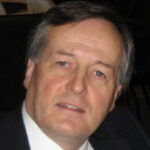
Medical device executive leading early stage, medium and multi-billion dollar global medical device businesses. Known for ability to build strong organizations that effectively develop and commercialize new medical technology products. Reputation for setting high standards with focus on business ethics, patient safety, quality, compliance, manufacturability and innovation to improve quality of life for patients and to drive sustained business success.
Love the show? Subscribe, rate, review, and share!
Join the Medical Sales Podcast Community today:
